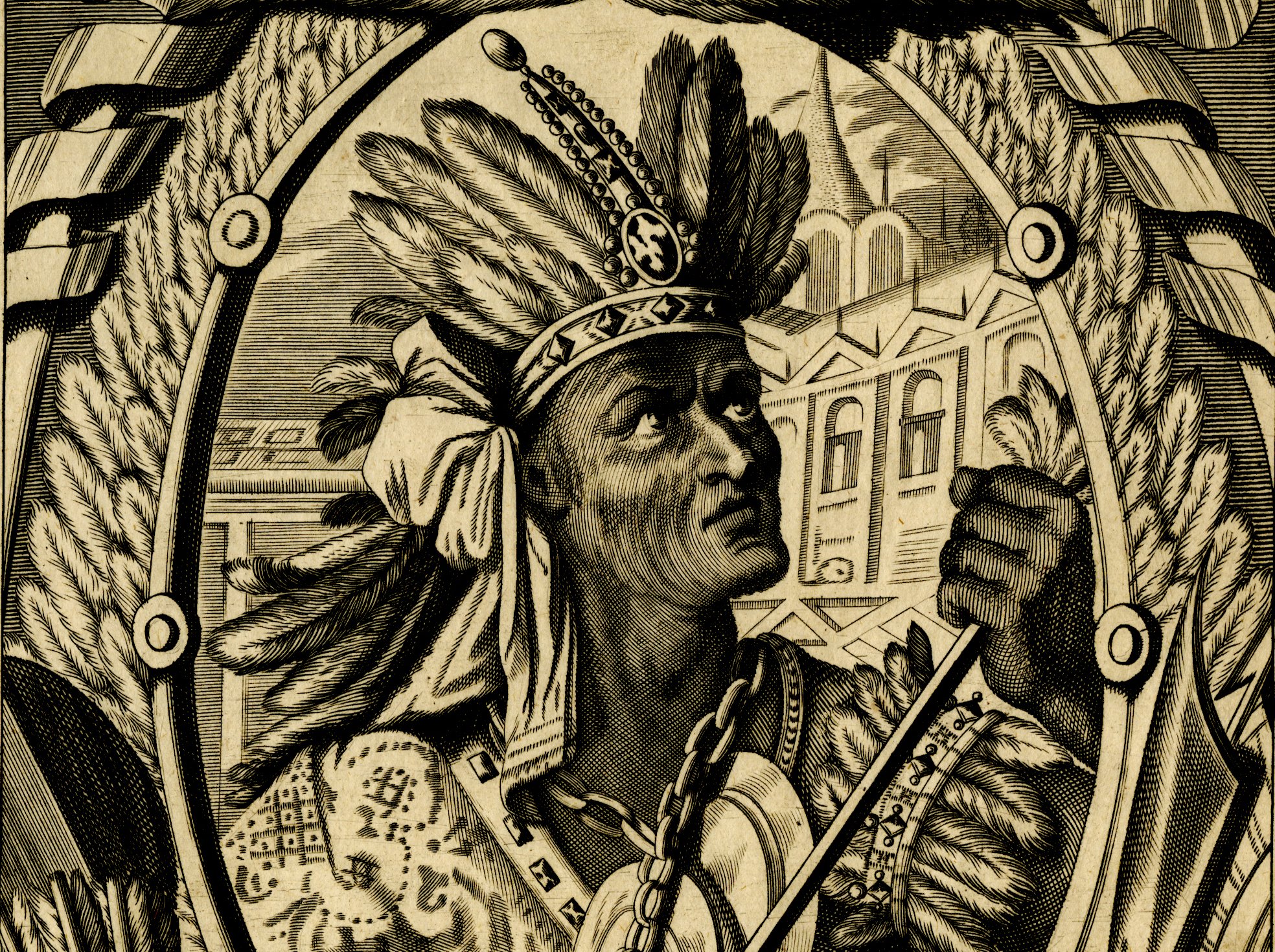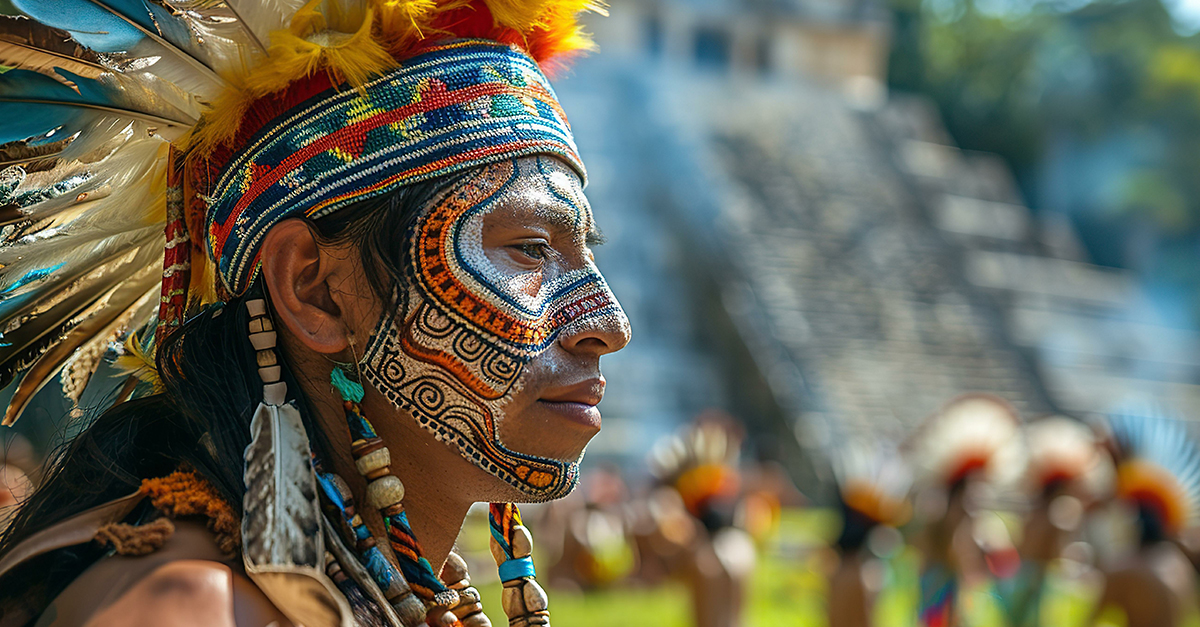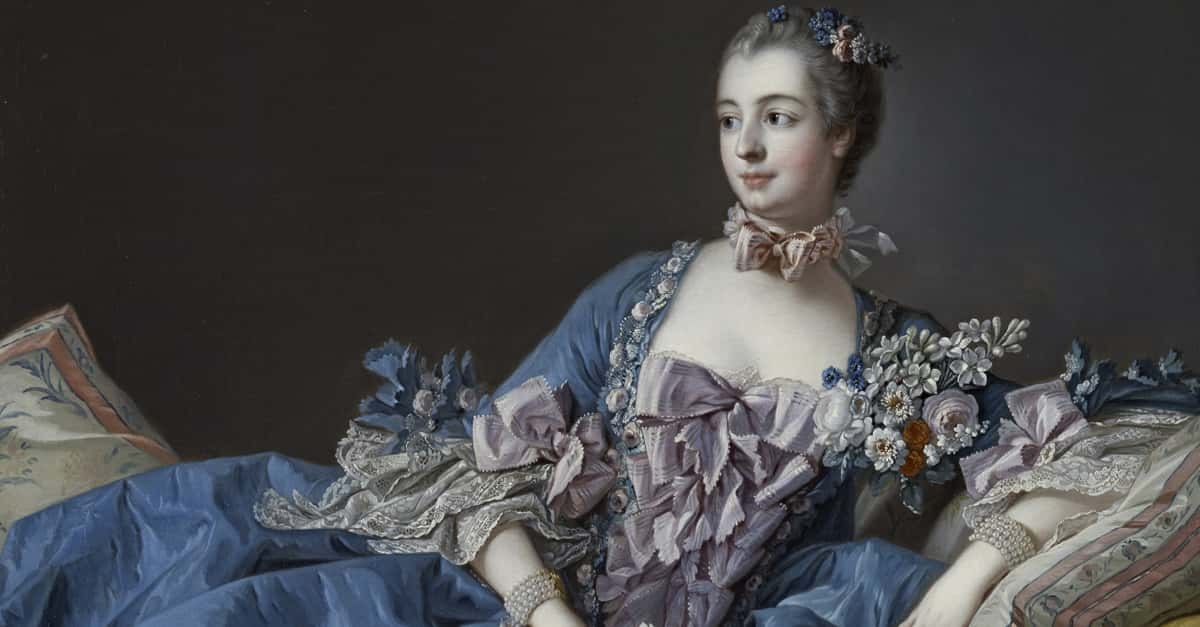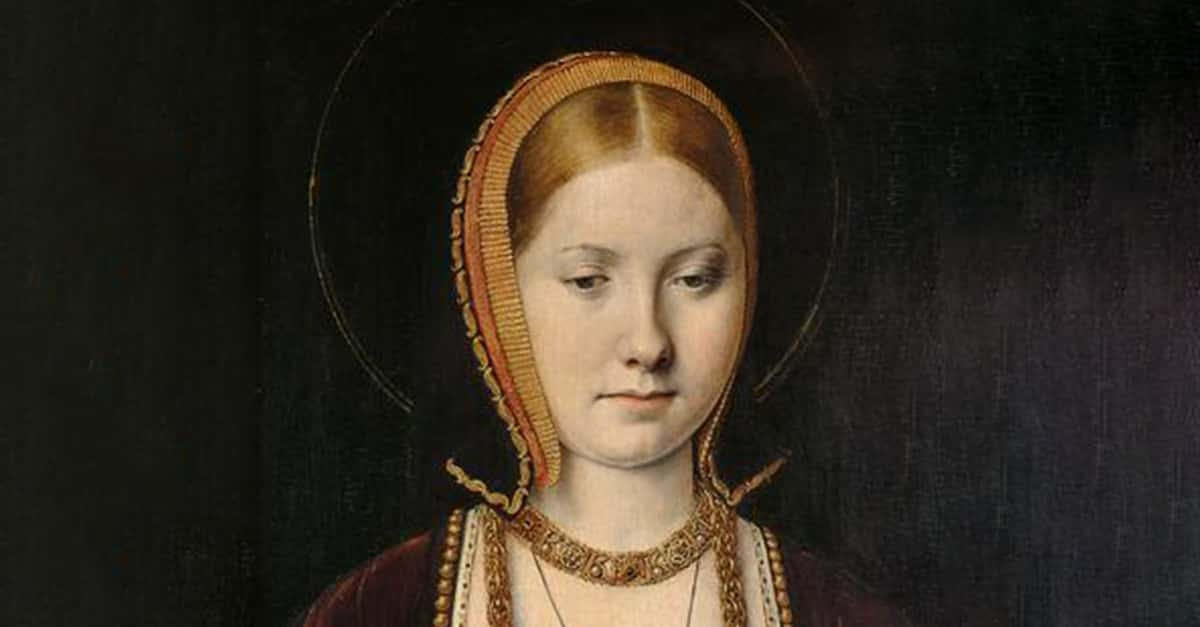Brother Against Brother
Atahualpa spent nearly all his life dominating anyone who stood in his path to power, including his family. With every battle won, he only grew in strength and reputation, equally increasing the extent of his lavish lifestyle. Unfortunately for him, his grand plan of ascendancy hadn’t accounted for the arrival of the greedy and bloodthirsty new occupants of the Americas.
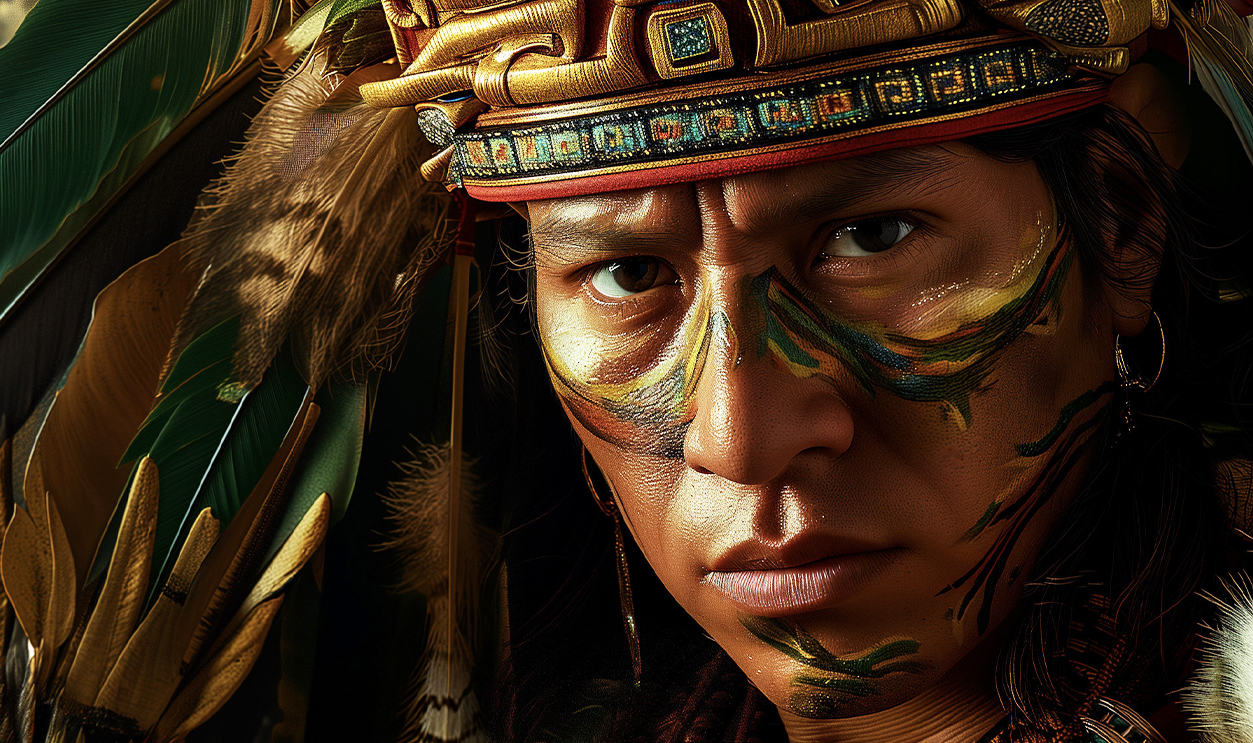
1. He Had A Complicated Start
Although several Emperors took the throne after him, Atahualpa is widely considered the last great Inca Emperor. Ironically, however, this renowned figure’s origins are unclear, especially concerning his lineage. While it’s accepted he was born around the beginning of the 16th century, his birthplace is more contentious, with differing records stating several possible locations such as Quito or Caranqui.
Still, many historians point to his royal blood.
 Unknown author, Wikimedia Commons
Unknown author, Wikimedia Commons
2. His Mother May Have Been Royalty
Atahualpa was the son of Inca Emperor Huayna Cápac, which made his later ascension possible. There is less concrete information on who his mother was, but a prominent record from that time asserts that she had been an Inca Princess. Furthermore, this record indicates that Atahualpa’s birthplace was Cusco, the Empire’s capital.
No matter his lineage, he had no trouble earning his merit.
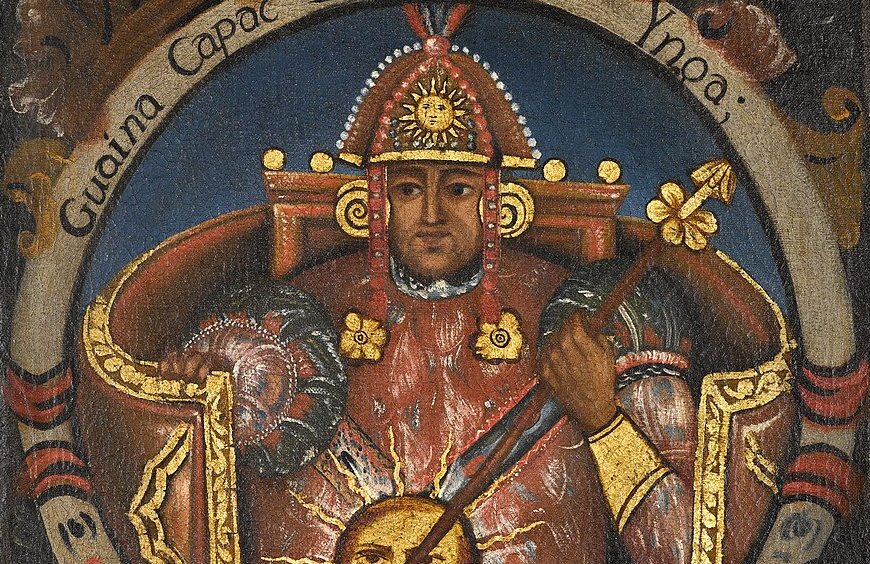 Brooklyn Museum, Wikimedia Commons
Brooklyn Museum, Wikimedia Commons
3. He Proved Himself
From an early age, Atahualpa needed to justify his presence in the royal family, despite having his father’s favor. Being an illegitimate child, he at least endeavored to earn the right to be a man. Undergoing the Warachikuy, he overcame trials and performed ceremonial rites, emerging as a recognized adult.
Now considered a man, it wasn’t long before he encountered more adult problems.
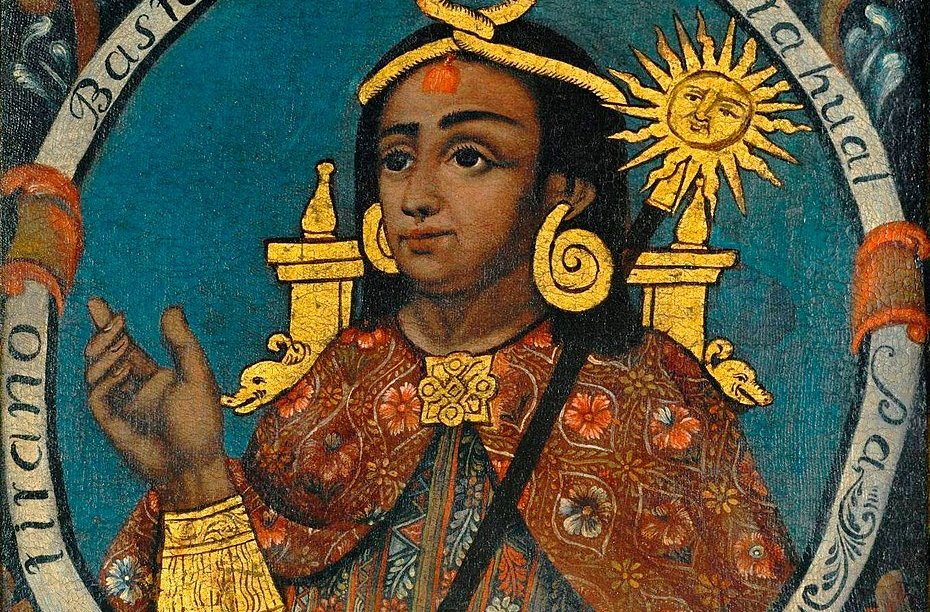 Brooklyn Museum, Wikimedia Commons
Brooklyn Museum, Wikimedia Commons
4. He Witnessed An Uprising
Not everything was well in the Inca Empire, and as Atahualpa reached his 13th year, he learned how tumultuous their society could be. Caranqui and Cayambi, two neighboring regions under Inca rule, rose up in revolt against the Empire. Having tested his battle skills early on, Atahualpa had the chance to demonstrate them.
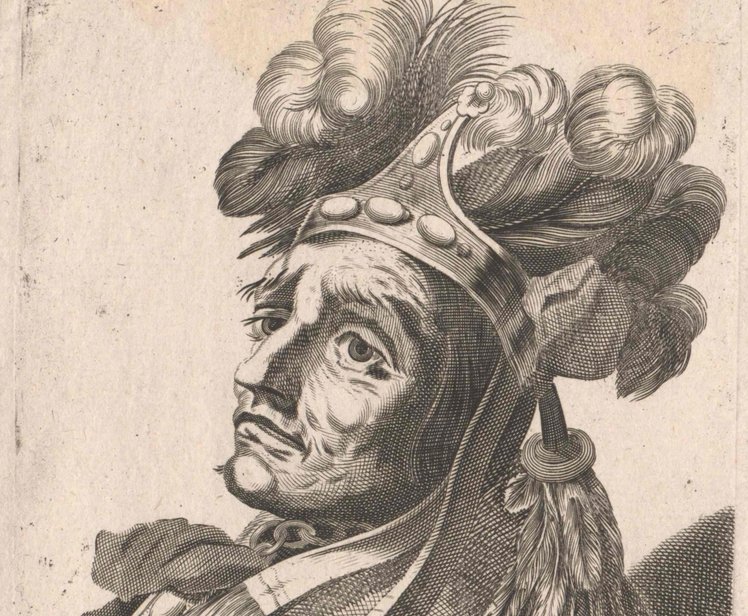 Österreichische Nationalbibliothek, Picryl
Österreichische Nationalbibliothek, Picryl
5. He Joined The Fight
Huayna Cápac’s love for his son was evident as he brought the young Atahualpa along on their campaign against the rebels, even instead of Huáscar, who was second in line. To meet the rebellion head-on, Atahualpa commanded a portion of the Inca army, joining his father and the legitimate heir to the throne, his brother Ninan Cuyuchi.
Following this, his father kept Atahualpa around.
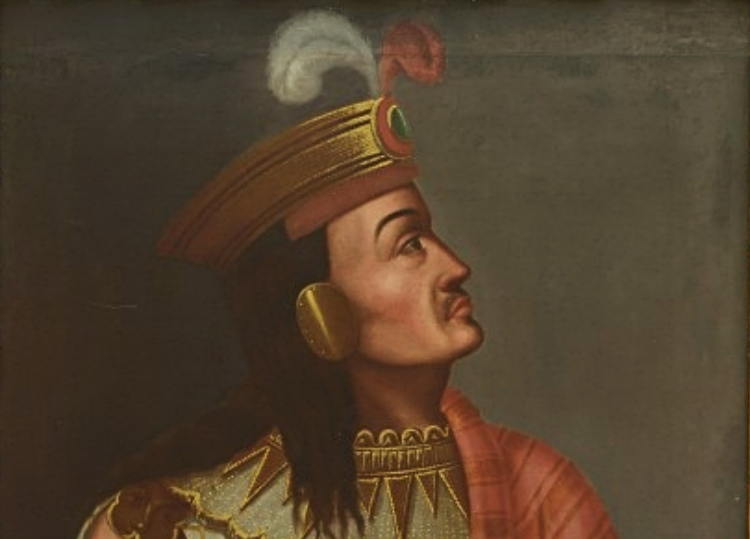 Museo Nacional de Arqueología, Wikimedia Commons
Museo Nacional de Arqueología, Wikimedia Commons
6. He Stayed With His Father
Already having his father’s favor and demonstrating his great potential during their campaign, Atahualpa proved invaluable to the Emperor. Their journeys had brought them to Quito, where Atahualpa remained for over a decade to assist his father in any further battles or expeditions.
During this period, he truly cultivated his reputation.
7. His Renown Increased
While he wasn’t Huayna Cápac’s legitimate successor, Atahualpa was still the Emperor’s son and received the appropriate training. While by his father’s side in Quito, he gained further experience in battle, becoming known as a great warrior and leader. When he wasn’t fighting, he learned the intricacies of their government.
Even so, the time came when the throne found a new heir.
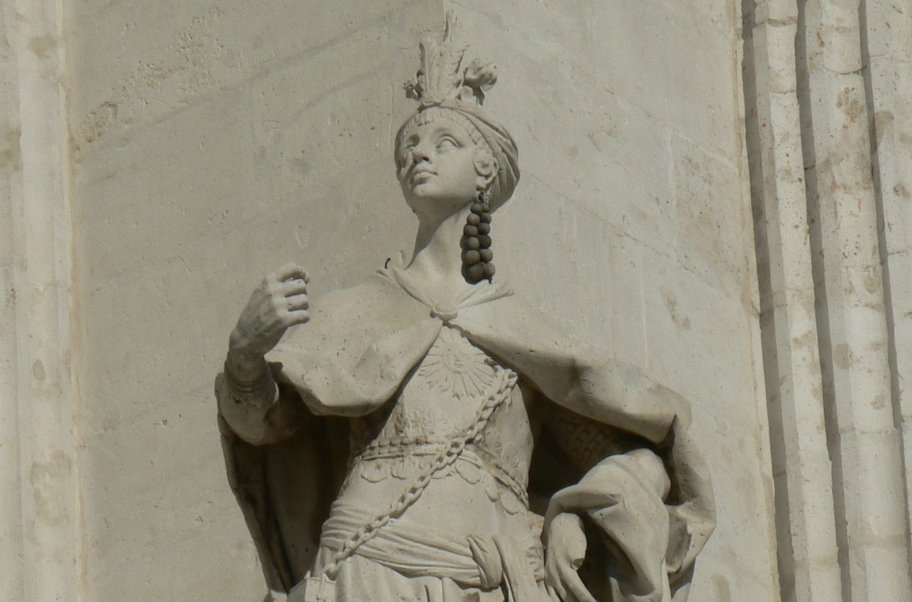 Basilio, CC BY-SA 3.0, Wikimedia Commons
Basilio, CC BY-SA 3.0, Wikimedia Commons
8. His Brother Ascended
Eventually, Emperor Huayna Cápac’s reign came to an end around 1527 when he perished of smallpox in an outbreak that also took the life of his heir, Ninan Cuyuchi. Instead, although the exact details are subject to debate, Atahualpa’s half-brother Huáscar ascended the throne. This could have gone two ways for Atahualpa.
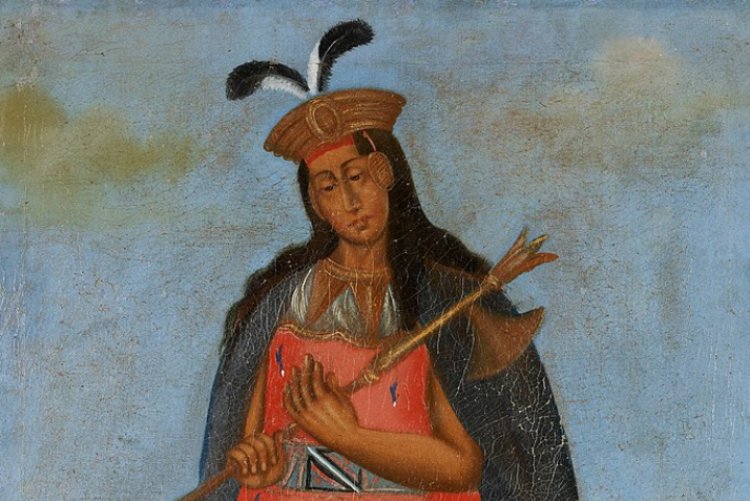 Unknown author, Wikimedia Commons
Unknown author, Wikimedia Commons
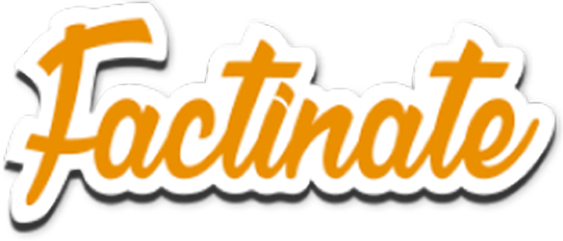
History's most fascinating stories and darkest secrets, delivered to your inbox daily.
9. He Practiced Restraint
Huáscar was not a fan of Atahualpa, largely due to the threat he represented as another potential successor. While he likely would have preferred to leave him in the dust, he appointed him governor of Quito. Although Huáscar’s hatred for Atuahalpa was strong, his desire to do right by his late father was stronger.
Due to this decision, the two refrained from fighting.
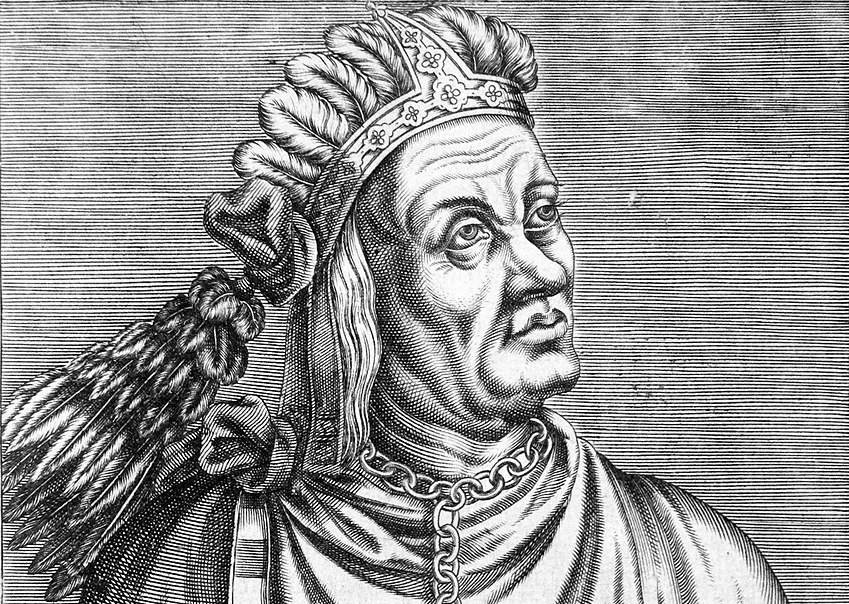 André Thévet, Wikimedia Commons
André Thévet, Wikimedia Commons
10. They Remained At Peace
Atahualpa wasn’t too fond of Huáscar either, but he wasn’t about to immediately escalate things to a large-scale conflict. Accounts vary as to whether he had refused the throne initially or was simply passed over, but whatever the case, he accepted the ruling. Although tensions were slowly boiling behind the scenes, the two remained at peace for five years.
Eventually, Huáscar had enough of waiting.
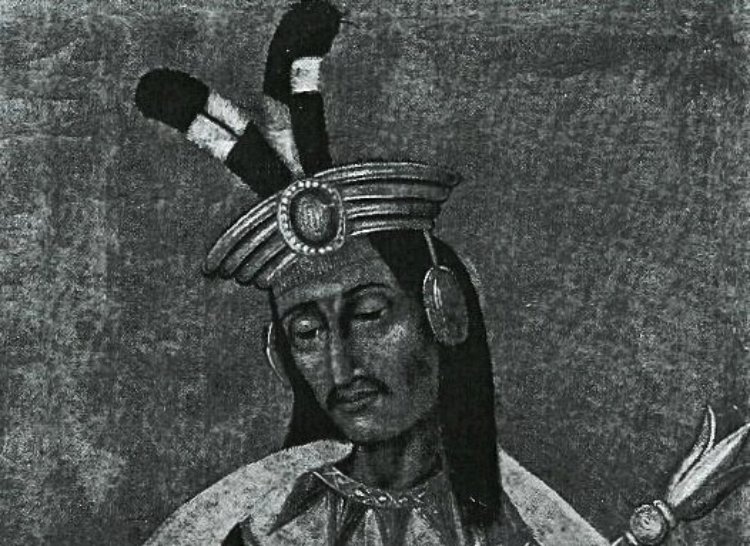 Unknown author, Wikimedia Commons
Unknown author, Wikimedia Commons
11. He Made A Move
Under the illusion of peace, Huáscar had been secretly preparing to move against Atahualpa for years. Since he hadn’t been directly involved in suppressing the rebellions, especially those involving the Cañari people, he greeted them as an ally. In an account by Pedro Pizarro, Huáscar marched his army on the city of Tomebamba in 1529, ambushing his brother.
The army may have taken Atahualpa off-guard, but he was resourceful.
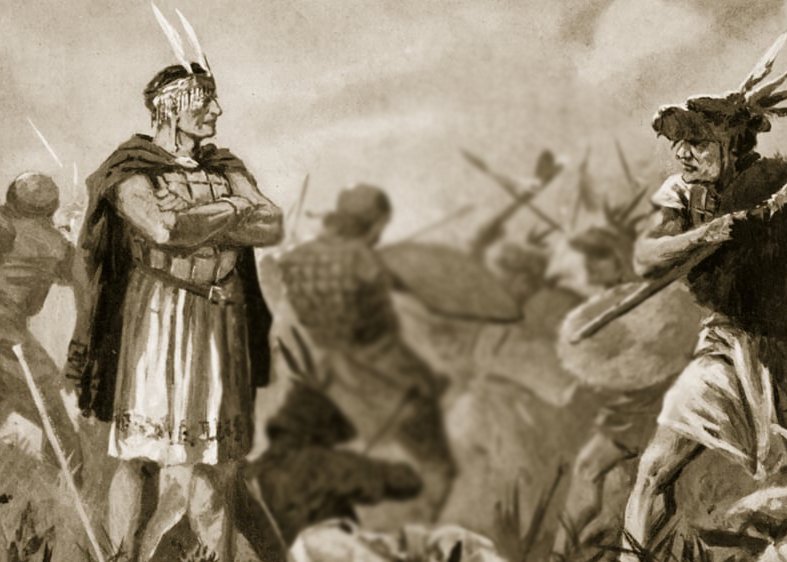 John Harris Valda, Wikimedia Commons
John Harris Valda, Wikimedia Commons
12. They Took Him Captive
If Pedro Pizarro’s record is true, Atahualpa’s significant battle prowess was insufficient in the face of his brother’s surprise attack. Atahualpa lost this initial battle and was subsequently taken captive by Huáscar’s forces. This wasn’t enough to keep him down, though, and he would soon escape thanks to the help of a local woman.
He didn’t get out unscathed, however.
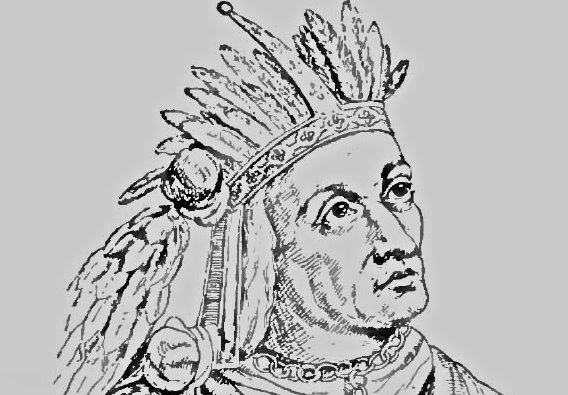 Jacques Reich, Wikimedia Commons
Jacques Reich, Wikimedia Commons
13. He Was Injured
When Huáscar’s army took Atahualpa captive, he hadn’t gone down without a fight, so he wasn’t in the best shape by the end. Making his daring escape, he still had to contend with several wounds, including his now-missing ear. Specifically for this injury, he proceeded to hide it with a headpiece for the rest of his life.
Needless to say, any hope of peace between him and his brother was gone.
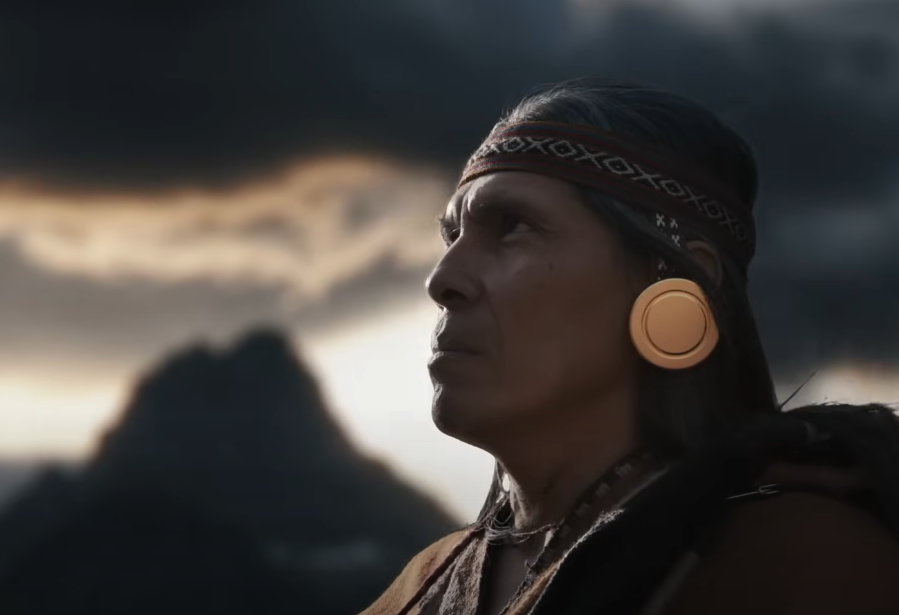 Inca Empire: Children of the Sun | Full History Documentary, Get.factual
Inca Empire: Children of the Sun | Full History Documentary, Get.factual
14. He Retaliated
Atahualpa survived Huáscar’s first attempt on his life, and as soon as he returned to Quito, he made ready to execute his retribution. Gathering all his forces, he launched a counter-campaign and marched back to Tomebamba, besieging the Cañari inside and razing the city to the ground.
Although he was a prolific leader, he didn’t have a perfect run.
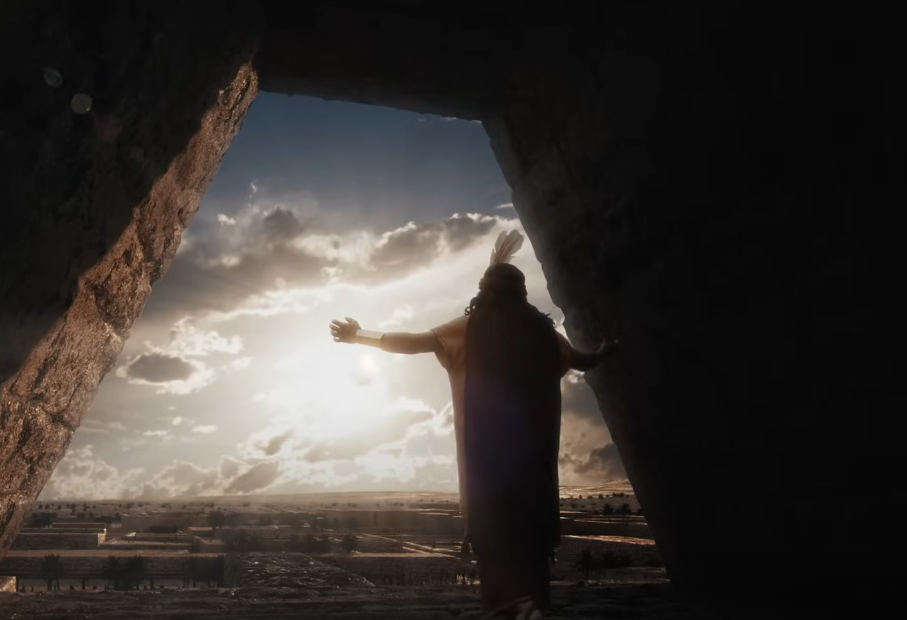 Inca Empire: Children of the Sun | Full History Documentary, Get.factual
Inca Empire: Children of the Sun | Full History Documentary, Get.factual
15. He Suffered A Loss
After a couple of years, following several bloody skirmishes, Atahualpa again tasted defeat. Around 1531, his and Huáscar’s armies met in the Battle of Chillopampa, ending in a humiliating loss for Atahualpa. Unfortunately for him, he hadn’t accounted for the strategic mind of Huáscar’s general, Atoc.
The fight wasn’t over yet, though.
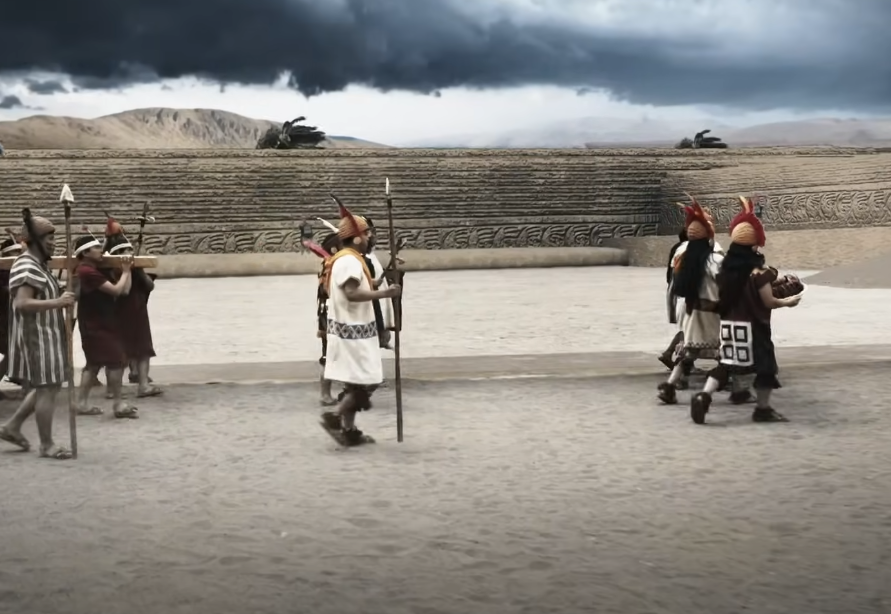 Inca Empire: Children of the Sun | Full History Documentary, Get.factual
Inca Empire: Children of the Sun | Full History Documentary, Get.factual
16. They Enacted Their Revenge
Atahualpa was momentarily beaten but had his own tactical resources to combat General Atoc. With assistance from his top generals, Atahualpa’s forces met the enemy in Mulliambato. They soundly defeated Huáscar’s army and captured Atoc—but we can’t reveal the general’s shocking fate quite just yet.
After his defeat, the Atahualpa’s wins just kept coming.
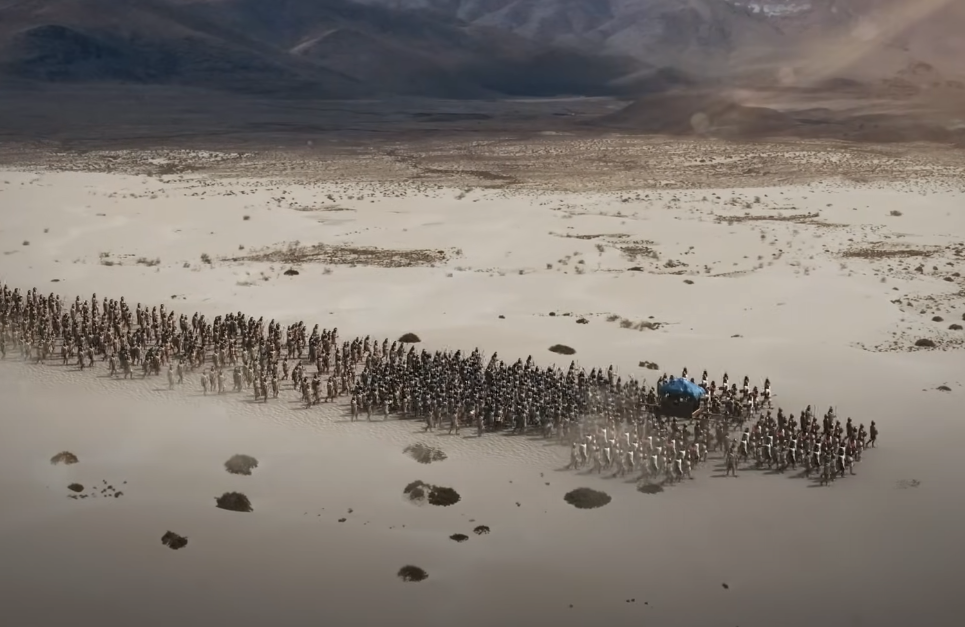 Inca Empire: Children of the Sun | Full History Documentary, Get.factual
Inca Empire: Children of the Sun | Full History Documentary, Get.factual
17. He Was On A Roll
He was an accomplished warrior and commander, but Atahualpa’s success wasn’t solely due to his efforts. His two most esteemed generals were Chalcuchímac and Quizquiz, whose tactical minds influenced most of Atahualpa’s victories. Winning battle after battle, they made their way to Cusco to fight Huáscar on his turf.
Amid these brutal encounters, Atahualpa wanted to make sure his triumph was certain.
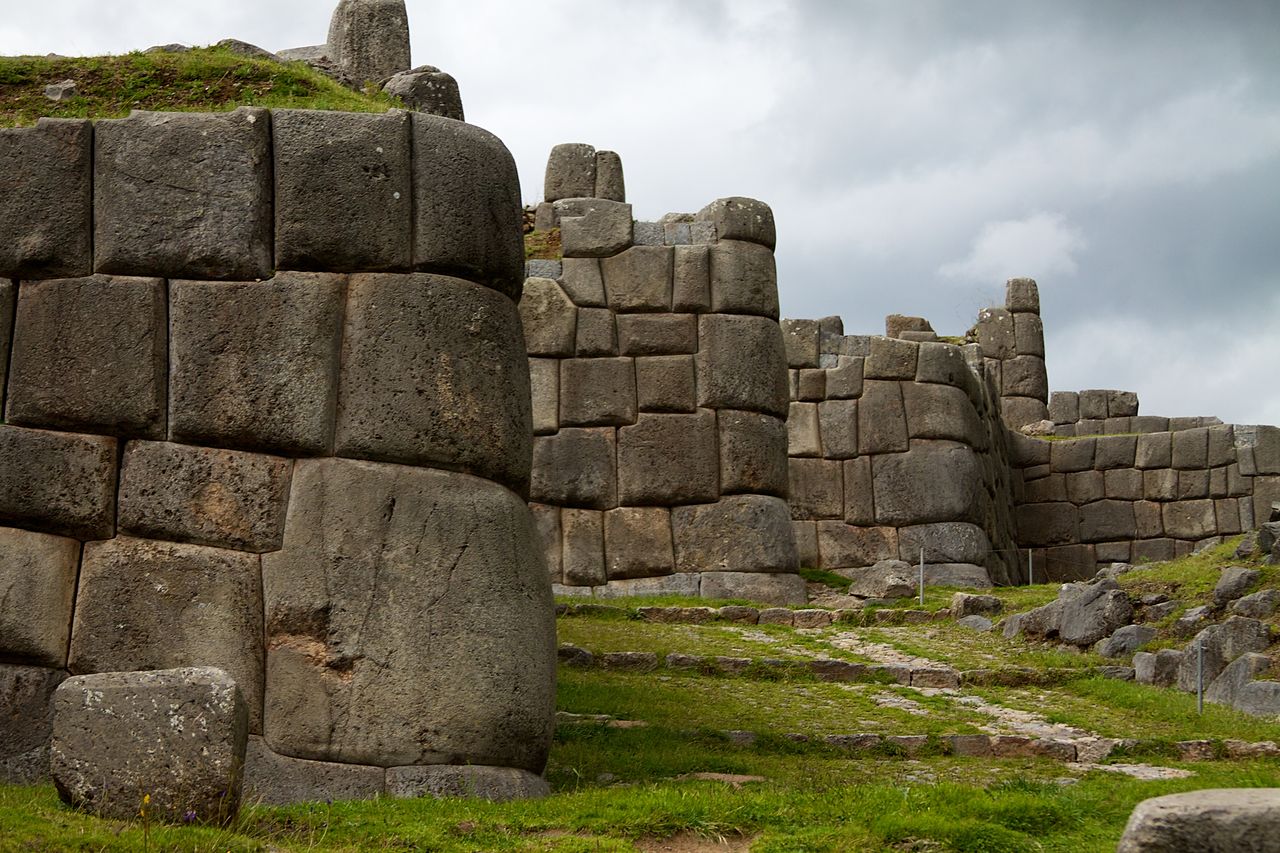 McKay Savage, CC BY 2.0, Wikimedia Commons
McKay Savage, CC BY 2.0, Wikimedia Commons
18. He Sought Spiritual Aid
Atahualpa was seemingly on the sure path to conquest, but still felt he needed some assurance. Deploying a messenger to an oracle of Catequil—the benevolent god of day—Atahualpa asked about the conflict’s outcome. When answered that it would end badly, he marched over there, slayed the oracle, and tore down the temple.
Sure enough, he then discovered another player on the board.
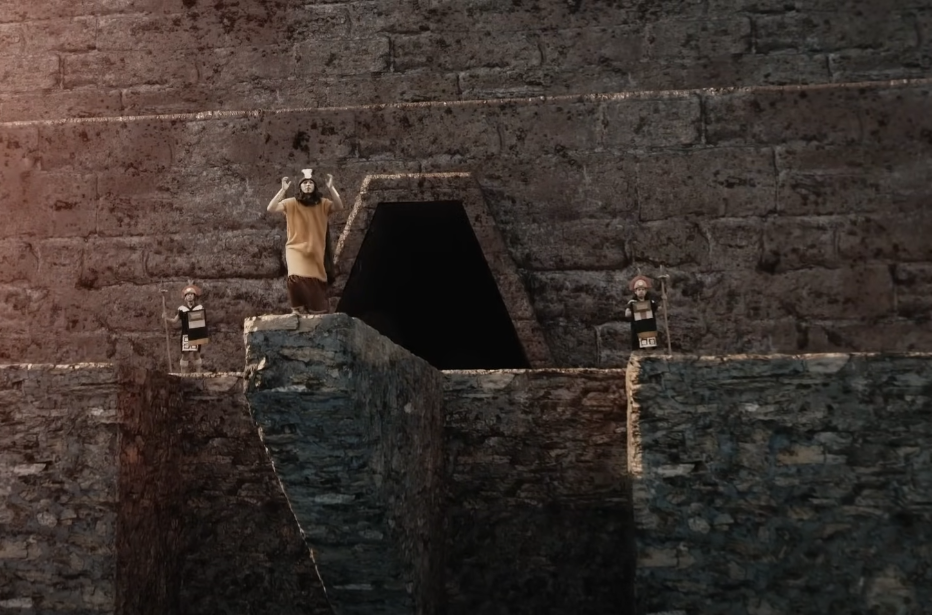 Inca Empire: Children of the Sun | Full History Documentary, Get.factual
Inca Empire: Children of the Sun | Full History Documentary, Get.factual
19. He Learned Of A Visitor
While the Incas focused on their internal strife, a dangerous external threat was on the horizon. As Atahualpa marched to victory, his men reported a Spanish expedition arriving in South America, led by—as he would later learn—Francisco Pizarro. Embroiled in the brutal conflict with his brother, and perhaps due to overconfidence, he didn’t seem too bothered by this news.
Meanwhile, the brotherly conflict was coming to a close.
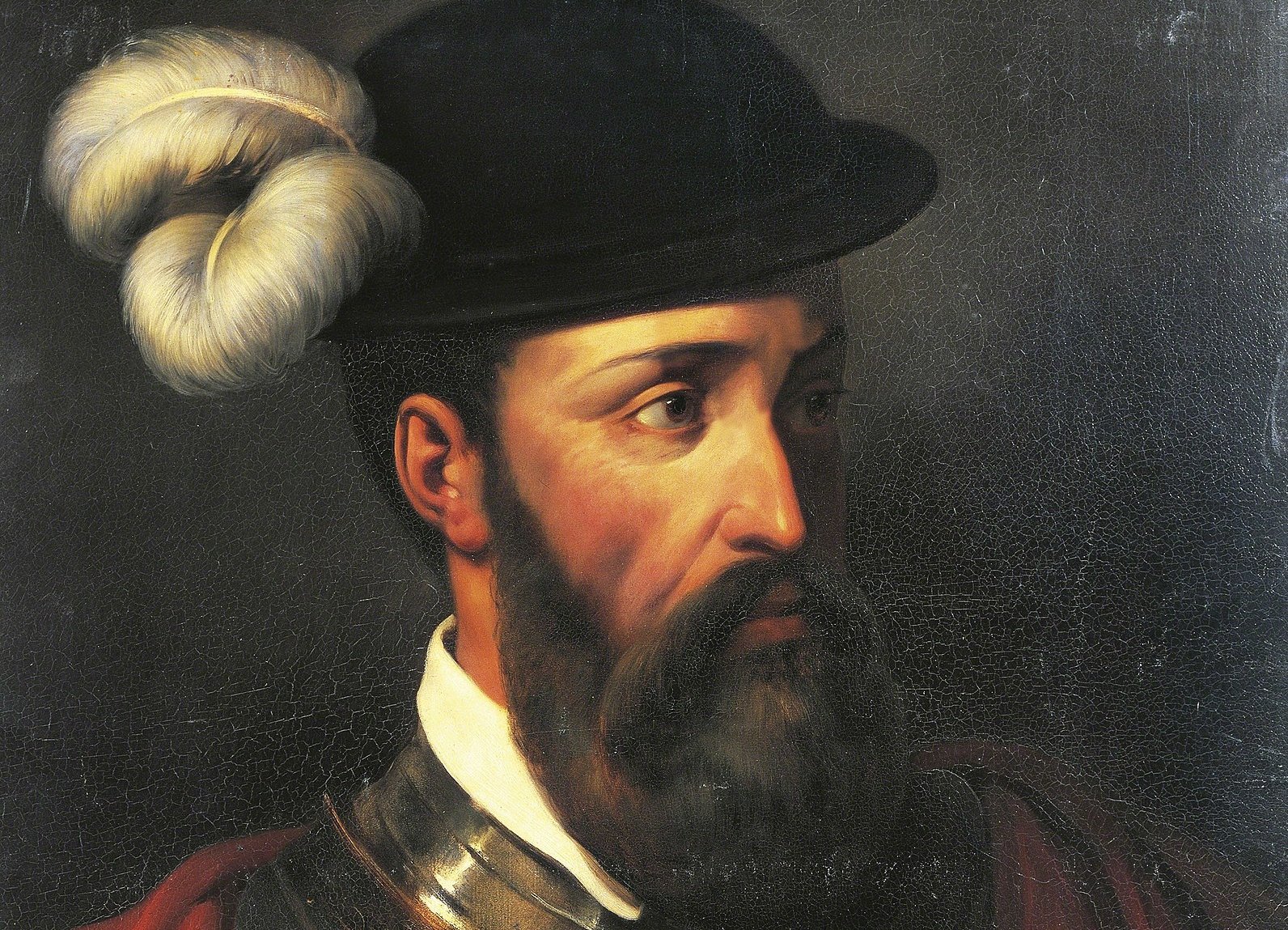 Amable-Paul Coutan, Wikimedia Commons
Amable-Paul Coutan, Wikimedia Commons
20. They Fought One Last Time
By April 1532, Atahualpa and his generals had pushed Huáscar’s forces back and had them on the run. Trusting in the capability of his men, Atahualpa stayed back in the city of Cajamarca while his army chased down the enemy. They didn’t disappoint and in the Battle of Quipaipán near Cusco, Atahualpa’s generals defeated Huáscar once and for all.
After this victory, Atahualpa made some drastic changes.
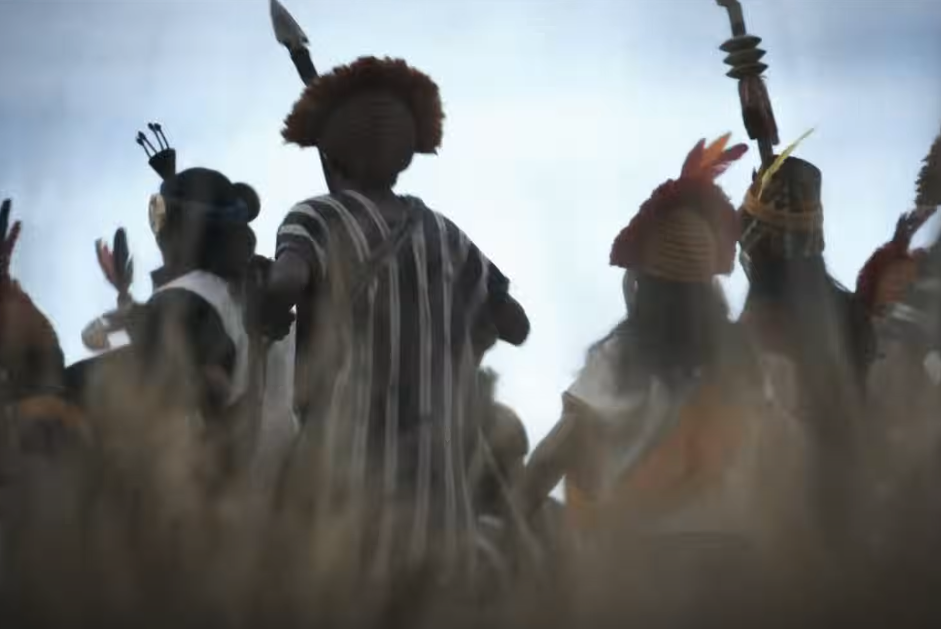 Inca Empire: Children of the Sun | Full History Documentary, Get.factual
Inca Empire: Children of the Sun | Full History Documentary, Get.factual
21. He Wanted A Fresh Start
As soon as Atahualpa won this final victory, he wasted no time making some ruthlessly drastic decisions, starting with the execution of Huáscar and his family. Ascending to the throne shortly after, Emperor Atahualpa used his new authority to enact a drastic reform called a “pachakuti”. This included destroying historical records and those who kept them.
While this was happening, there was still a pressing issue to address.
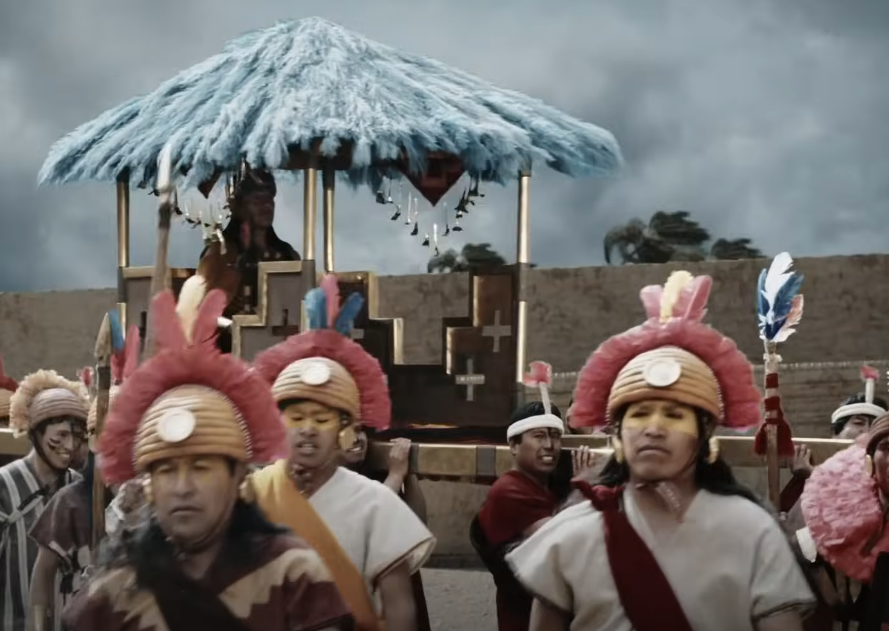 Inca Empire: Children of the Sun | Full History Documentary, Get.factual
Inca Empire: Children of the Sun | Full History Documentary, Get.factual
22. He Sent A Scout
With the great conflict finally resolved, Atahualpa was free to address the problem of the newly arrived Spaniards. After hearing that Pizarro and his men were traveling further into the Incas' lands, the Emperor knew he needed a closer look. Dispatching a trustworthy nobleman, Atahualpa hoped to gauge the full scale of these visitors.
This investigation turned out to be quite useful.
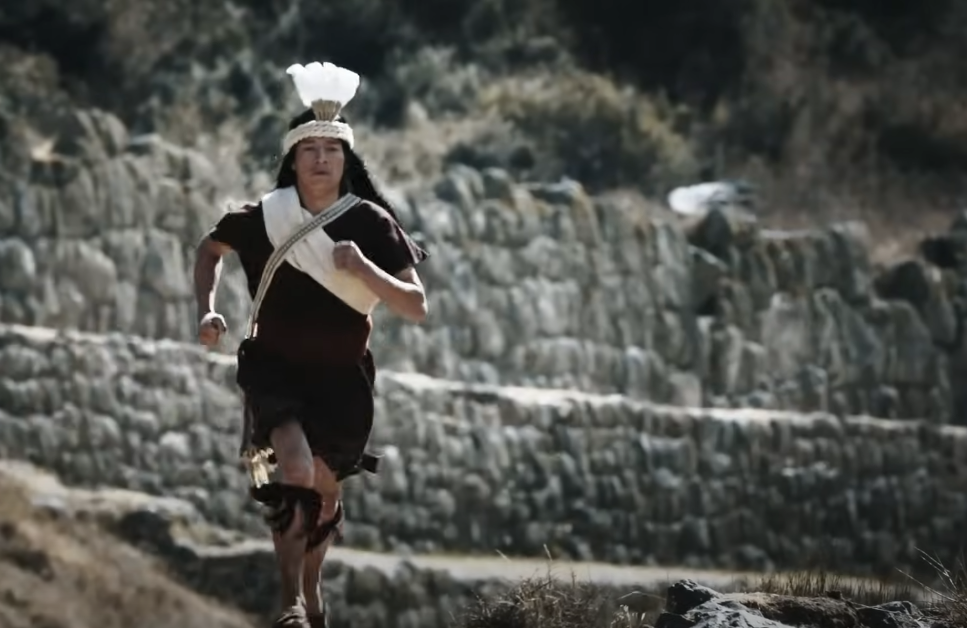 Inca Empire: Children of the Sun | Full History Documentary, Get.factual
Inca Empire: Children of the Sun | Full History Documentary, Get.factual
23. He Took Down Details
When the Inca nobleman returned to Atahualpa and reported his findings, the Emperor was more intrigued than concerned. The nobleman had spent two days observing Pizarro’s camp and documented that his expedition consisted of just 168 men, including footsoldiers and horsemen.
With this information, Atahualpa’s confidence never wavered.
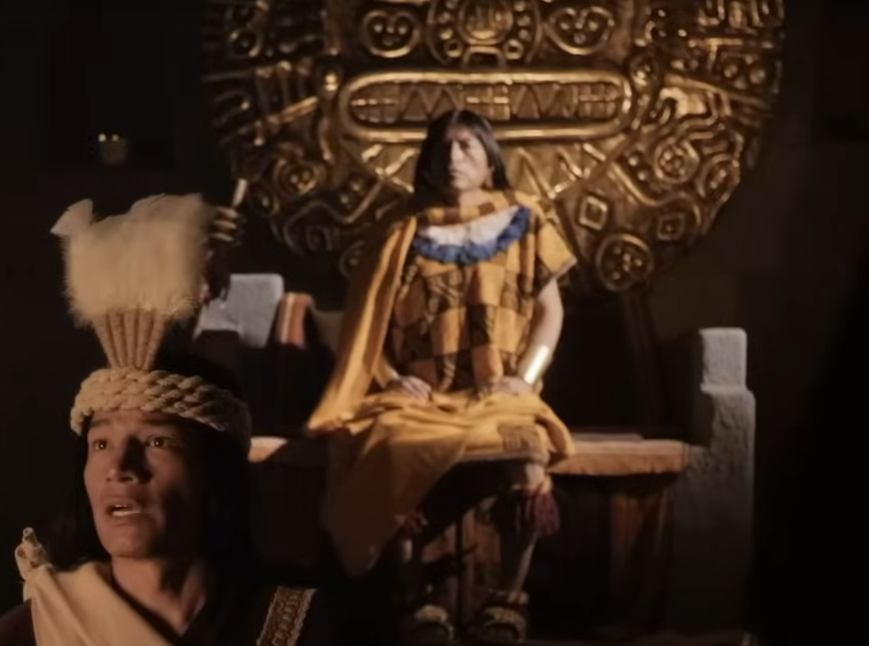 Inca Empire: Children of the Sun | Full History Documentary, Get.factual
Inca Empire: Children of the Sun | Full History Documentary, Get.factual
24. He Underestimated Them
In a bit of dramatic irony, as history has shown how ruthless and effective the conquistadors were, Atahualpa welcomed Pizarro’s arrival. With his recent staggering victory, he couldn’t imagine any scenario where the Spaniards defeated him. Instead, he devised a plan to capture Pizarro, going so far as to send an envoy inviting the conquistador to Cajamarca.
All he had to do was wait.
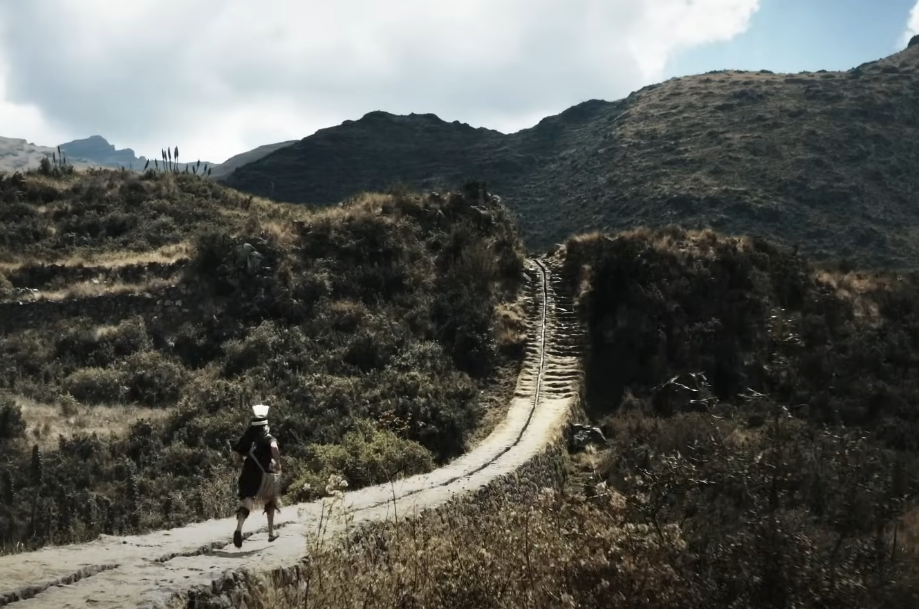 Inca Empire: Children of the Sun | Full History Documentary, Get.factual
Inca Empire: Children of the Sun | Full History Documentary, Get.factual
25. They Got Closer
The journey through the Inca Empire was not an easy one, especially for anyone who hadn’t traveled it before. Naturally, Pizarro and his men struggled greatly over the harsh landscapes as they neared Cajamarca, answering the Emperor’s summons. Had Atahualpa not been so overconfident in inviting Pizarro to meet, he likely could have overtaken the Spaniards easily as they traveled.
Instead, in the face of the approaching conquistadors, Atahualpa did take this lying down.
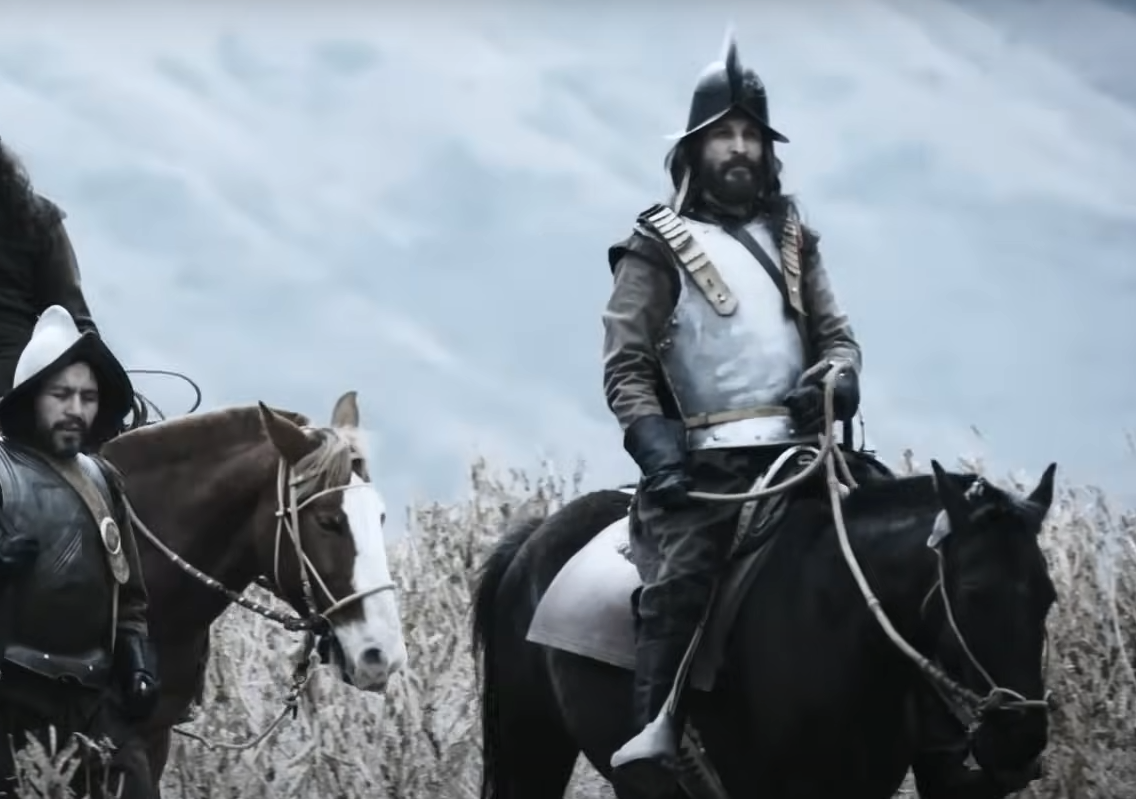 Inca Empire: Children of the Sun | Full History Documentary, Get.factual
Inca Empire: Children of the Sun | Full History Documentary, Get.factual
26. He Chose To Relax
Atahualpa filled his daily life as an Emperor with lavish indulgences, even as he waited for the incoming Spanish visitors. Making camp just outside Cajamarca, he took advantage of the natural Konoj hot springs, likely not worrying for a second as he relished his opulence and the treatment of his adoring servants.
On the other hand, Pizarro arrived to a curious reception.
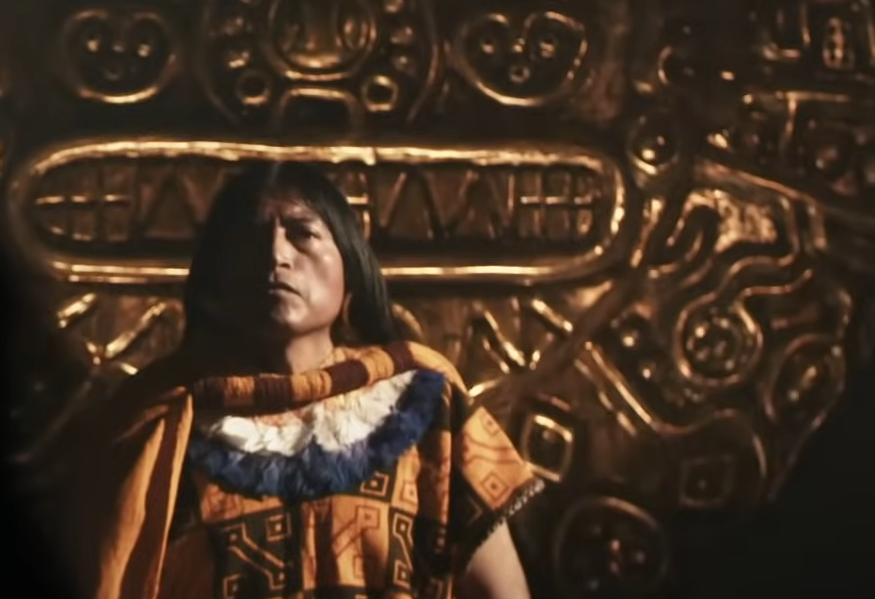 Inca Empire: Children of the Sun | Full History Documentary, Get.factual
Inca Empire: Children of the Sun | Full History Documentary, Get.factual
27. He Found A Ghost Town
Once Pizarro reached Cajamarca, he surprisingly wasn’t met with the multitudes of Inca warriors in the Emperor’s army. Per Atahualpa’s plans, and since his men were largely gathered at the Konoj hot springs, Cajamarca was almost entirely vacant. This gave Pizarro a distinct advantage, and he set up camp around the main square.
He then took control of the situation.
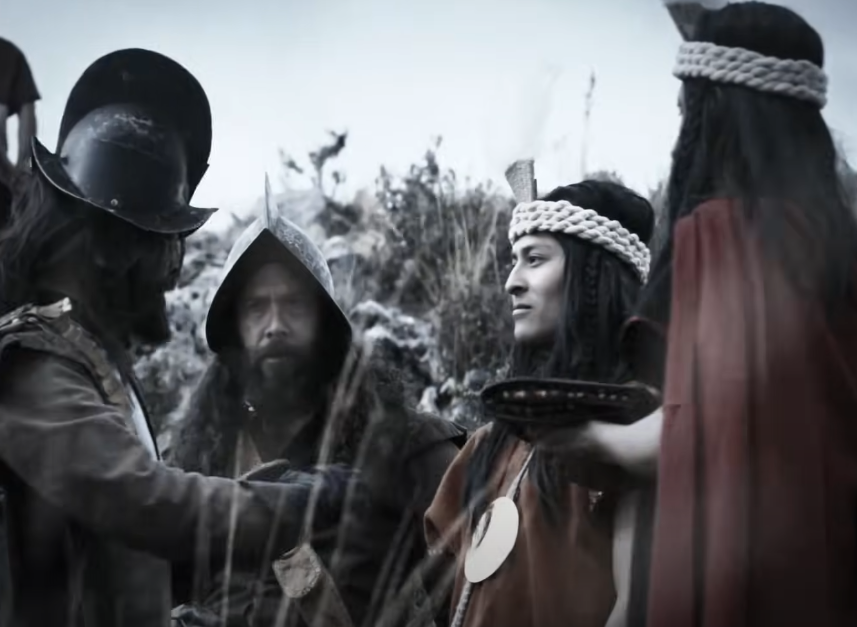 Inca Empire: Children of the Sun | Full History Documentary, Get.factual
Inca Empire: Children of the Sun | Full History Documentary, Get.factual
28. He Sent An Invitation
Although Pizarro had already received Atahualpa’s invitation, he knew better than to march into the Emperor’s presence at a disadvantage. Posting up in Cajamarca, Pizarro sent his own messenger to Atahualpa, requesting his presence in the city for a grand banquet. Self-assured and unable to refuse such an extravagant offer, the Emperor accepted.
Through this, Pizarro seized the upper hand.
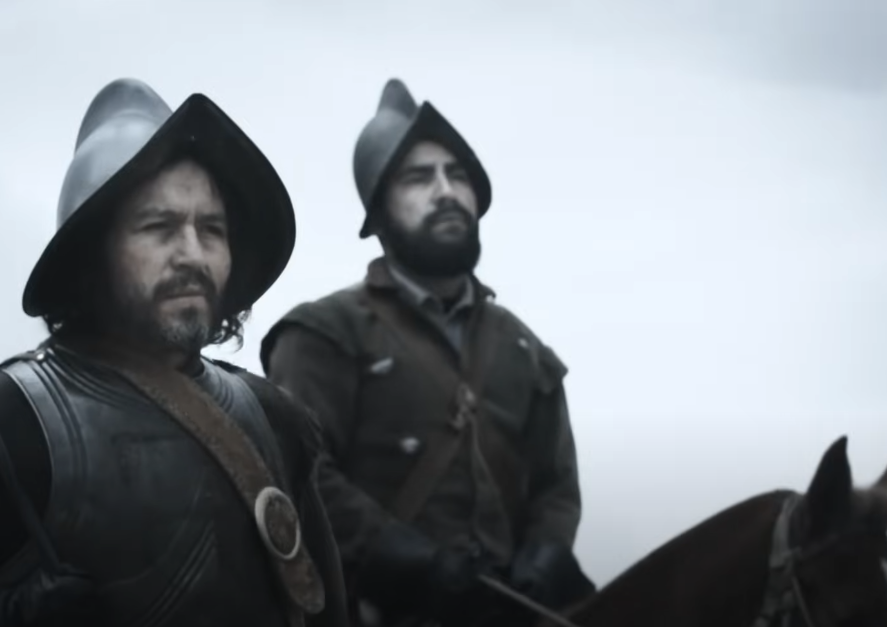 Inca Empire: Children of the Sun | Full History Documentary, Get.factual
Inca Empire: Children of the Sun | Full History Documentary, Get.factual
29. He Had Other Plans
Even as Atahualpa secretly planned to overtake and capture the conquistadors, he had no idea he wasn’t the only one thinking that way. Despite being vastly outnumbered, Pizarro similarly intended to take the Inca by surprise and capture Atahualpa. To this end, he stationed his men through the main square, with his cavalry on the outside and artillery in the center.
While planning this, he considered every possibility.
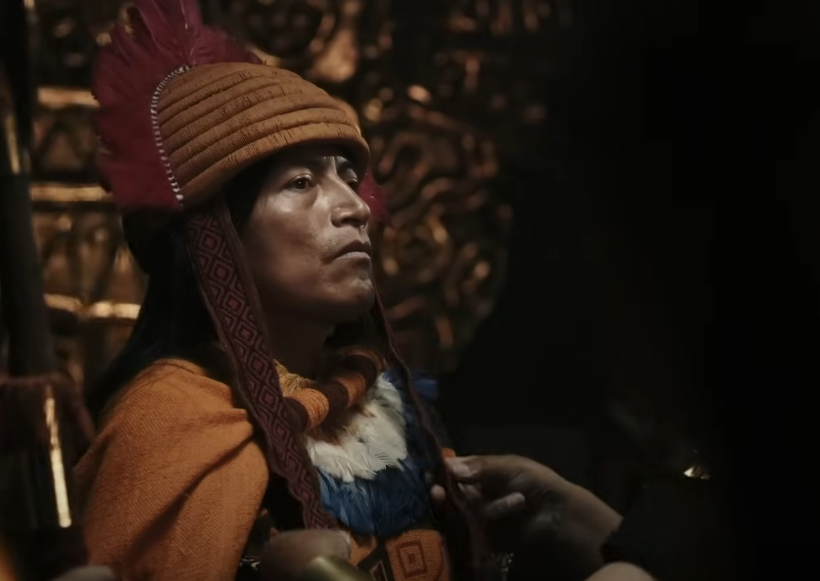 Inca Empire: Children of the Sun | Full History Documentary, Get.factual
Inca Empire: Children of the Sun | Full History Documentary, Get.factual
30. He Thought Of Contingencies
The conquistadors’ arrogance and ambition rivaled that of the Inca Emperor, but Pizarro still accounted for all possible outcomes. First, he would attempt to get Atahualpa to bend the knee through diplomacy. If this didn’t work, the Spanish would either ambush the Inca warriors or continue to play nicely if there was no chance of defeating them.
Comparatively, Atahualpa was more focused on appearances than planning.
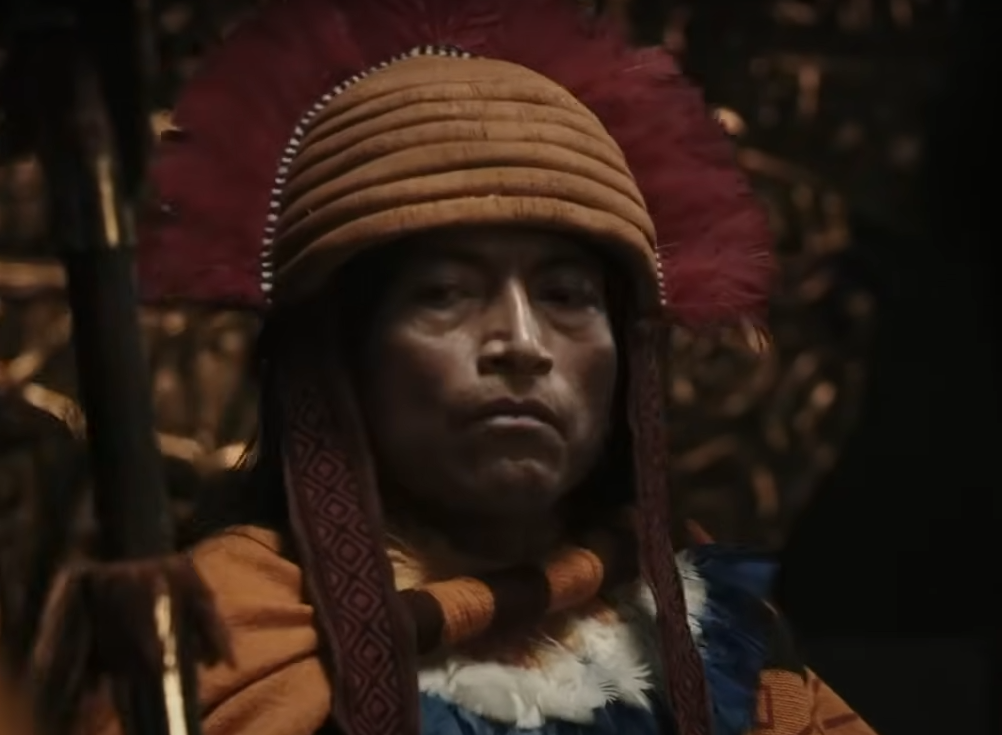 Inca Empire: Children of the Sun | Full History Documentary, Get.factual
Inca Empire: Children of the Sun | Full History Documentary, Get.factual
31. He Made A Show Of It
The day after receiving Pizarro’s invitation, Atahualpa and his forces left the hot springs for Cajamarca. Representing the whole Inca Empire, the Emperor adorned his warriors in ceremonial clothing, having them march ahead of him in their procession. However, this wasn’t the end of his flashy presentation.
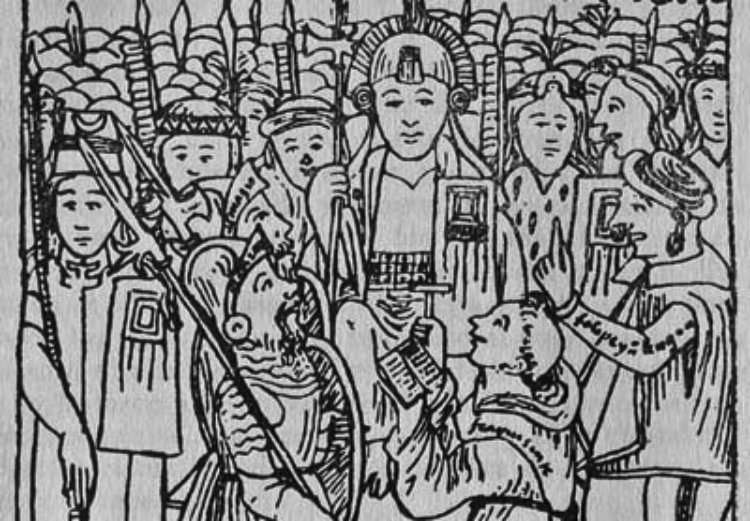 Felipe Huaman Puma de Ayala, Wikimedia Commons
Felipe Huaman Puma de Ayala, Wikimedia Commons
32. He Arrived In Style
Upon Atahualpa’s arrival in Cajamarca, Pizarro witnessed a grand spectacle from his hiding place. The Emperor and four of his lords traveled upon large, ornate litters, with Atahualpa’s being carried by 80 other noblemen. Around them was a small portion of his army, consisting of around 6,000 Inca warriors.
Despite Atahualpa’s facade, the Spanish did not find a shrewd and hardened warrior.
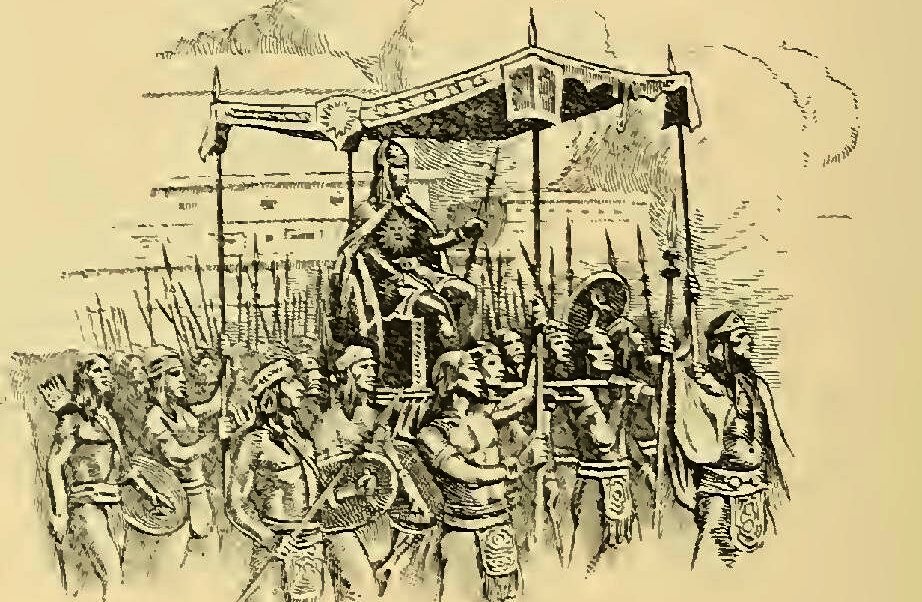 Miller, Paul G, Wikimedia Commons
Miller, Paul G, Wikimedia Commons
33. He Was Still Partying
In contrast to any images of a distinguished or imposing ruler that Pizarro may have imagined Atahualpa to be, the Emperor showed up in a less-than-impressive state. Having spent most of his time at the hot springs drinking, then doing so at several stops on his journey, and continuing to do so now that he had arrived, Atahualpa was fully inebriated.
Just like Pizarro, Atahualpa met far fewer people than he expected.
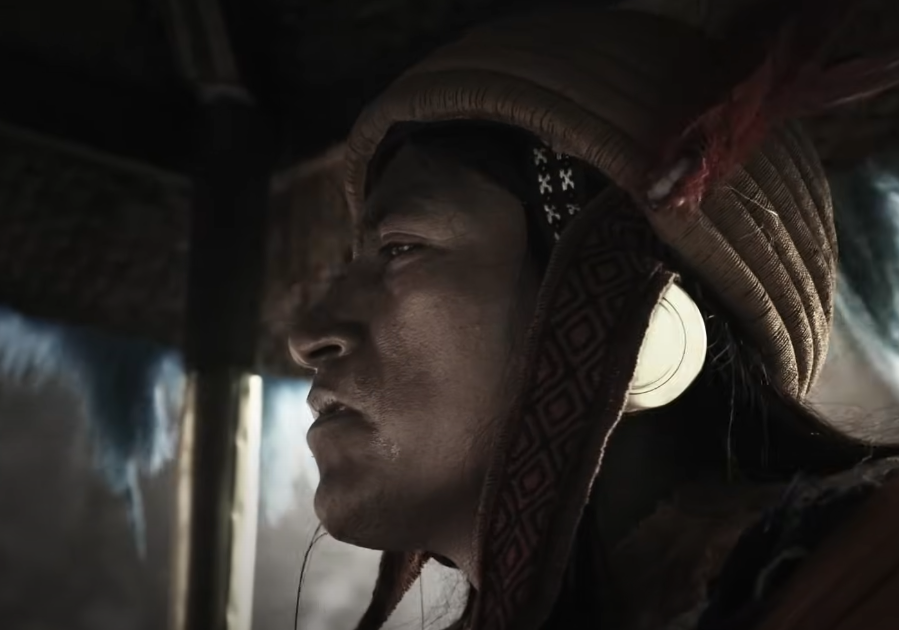 Inca Empire: Children of the Sun | Full History Documentary, Get.factual
Inca Empire: Children of the Sun | Full History Documentary, Get.factual
34. He Only Found Two
Arriving with his mass of Inca warriors, Atahualpa saw only two people come out and greet him. This was Vincente de Valverde, a Dominican friar, and his interpreter as he hoped to negotiate with the Emperor on Pizarro’s behalf. Met with Atahualpa’s staggering numbers, Pizarro’s representatives greeted the Incas gracefully.
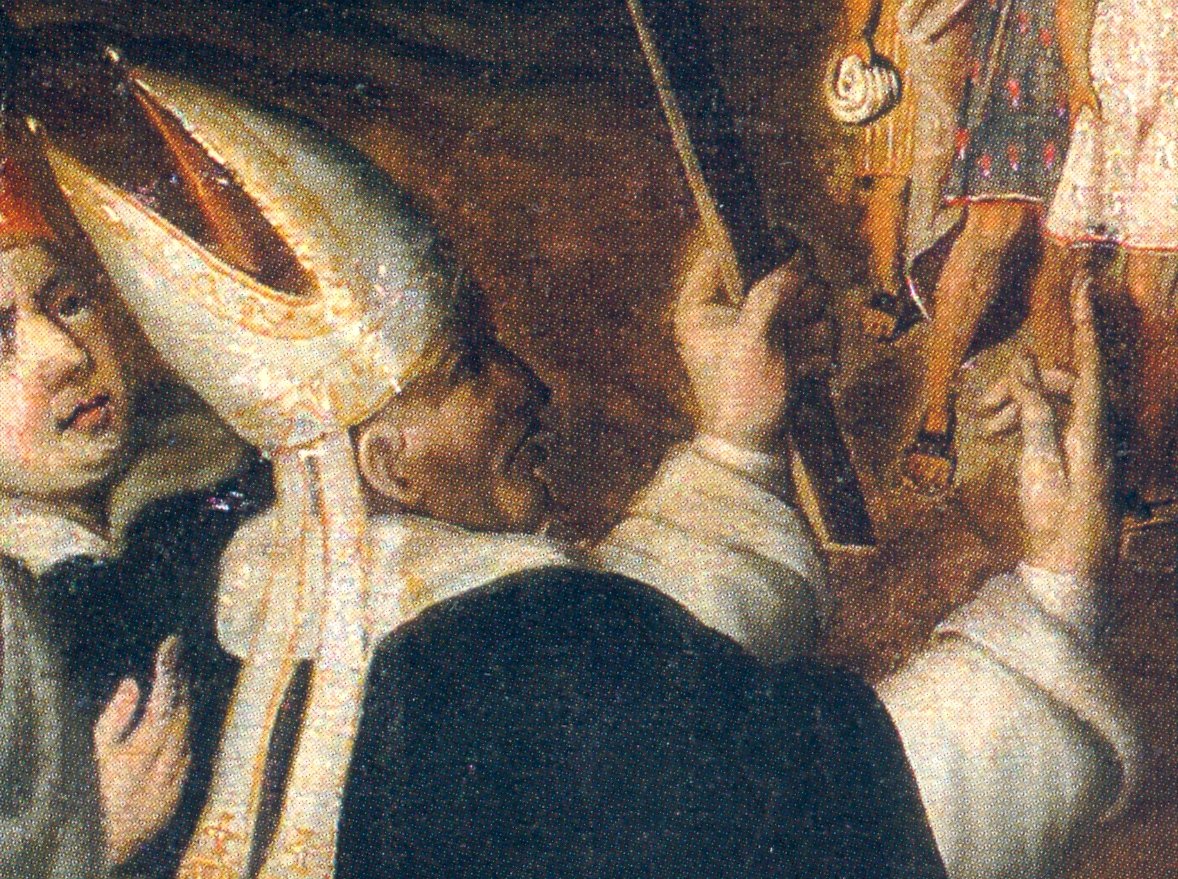 Anónimo (Escuela Cuzqueña), Wikimedia Commons
Anónimo (Escuela Cuzqueña), Wikimedia Commons
35. They Acted Cordial
Following Pizarro’s plan, Vincente de Valverde received Atahualpa with open arms, hoping to broker peace between the two groups—albeit one option for that peace involving the Emperor’s submission. According to several accounts, Valverde reiterated Pizarro’s initial invitation, asking Atahualpa to step inside for a feast with Pizarro.
In response, Atahualpa was less friendly.
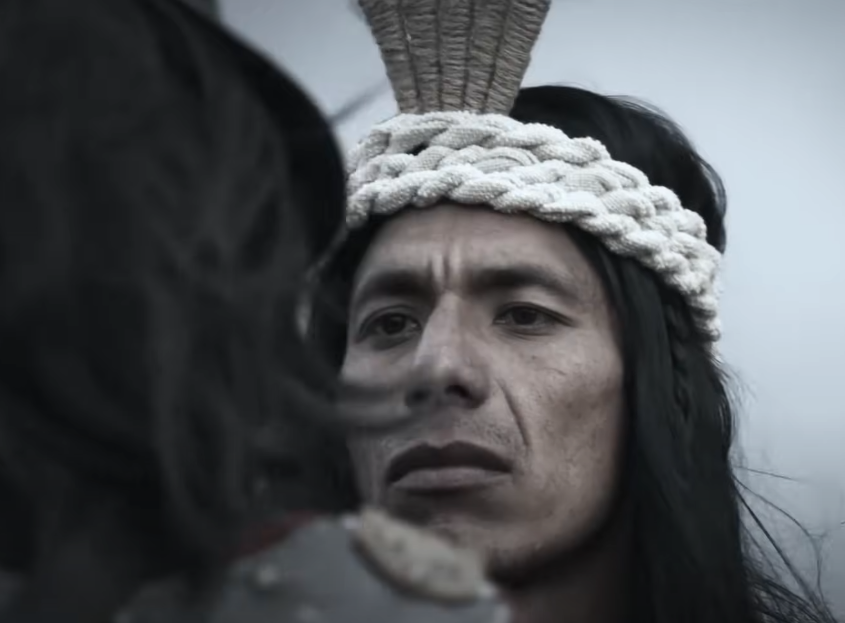 Inca Empire: Children of the Sun | Full History Documentary, Get.factual
Inca Empire: Children of the Sun | Full History Documentary, Get.factual
36. He Made Demands
Although he agreed to meet Pizarro under the guise of a possible friendship, Atahualpa quickly abandoned this ruse upon speaking with the conquistador’s emissaries. Refusing Valverde’s offer, the Emperor made a counter-proposal, ordering the Spanish to relinquish any riches they had stolen during their time in South America.
To this, the Spanish issued another offer.
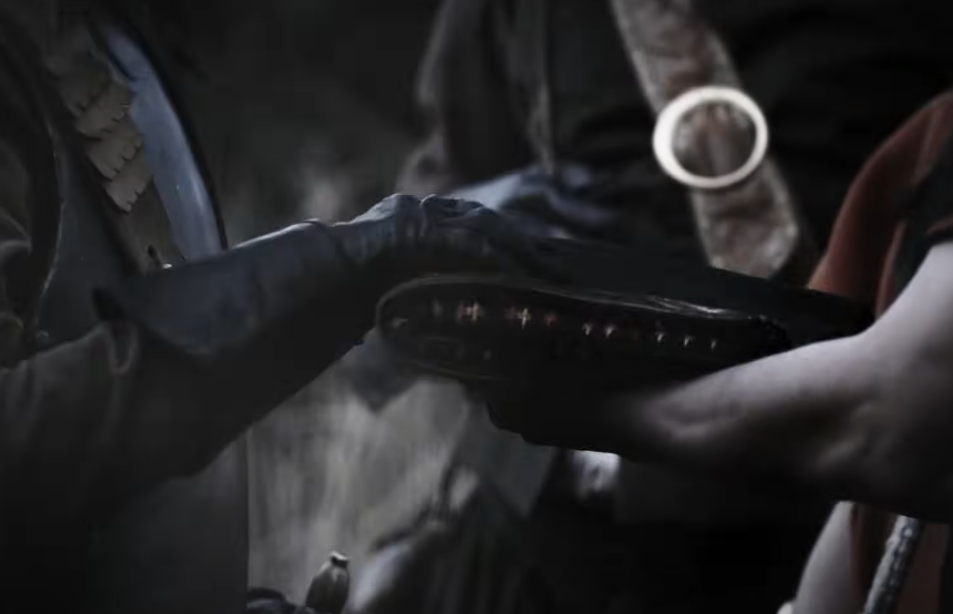 Inca Empire: Children of the Sun | Full History Documentary, Get.factual
Inca Empire: Children of the Sun | Full History Documentary, Get.factual
37. They Tried Converting Him
According to varying records, the Spanish continued their attempt to get Atahualpa’s surrender, proceeding with their usual course of action. Valverde explained their Catholic beliefs to the Emperor, demanding he swear fealty to Spain and convert to Christianity. However, some eyewitnesses stated the friar skipped the latter part.
When this didn’t work, the veil dropped.
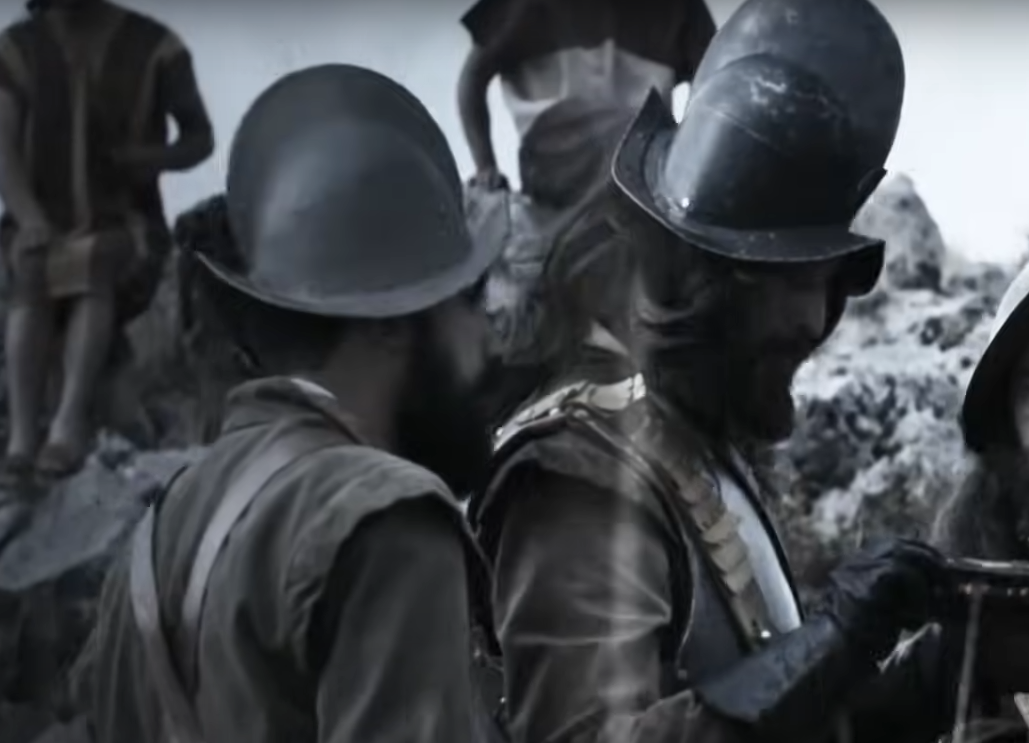 Inca Empire: Children of the Sun | Full History Documentary, Get.factual
Inca Empire: Children of the Sun | Full History Documentary, Get.factual
38. His Facade Ended
In response to Valverde’s religious recruitment speech, Atahualpa appeared responsive and curious—at first. The Emperor asked to look at the friar’s prayer book, but after doing so, Atahualpa threw it to the ground in defiance. Frightened, Valverde fled back to cover and called out for the ambush.
Without further deception, the Spanish leaped into action.
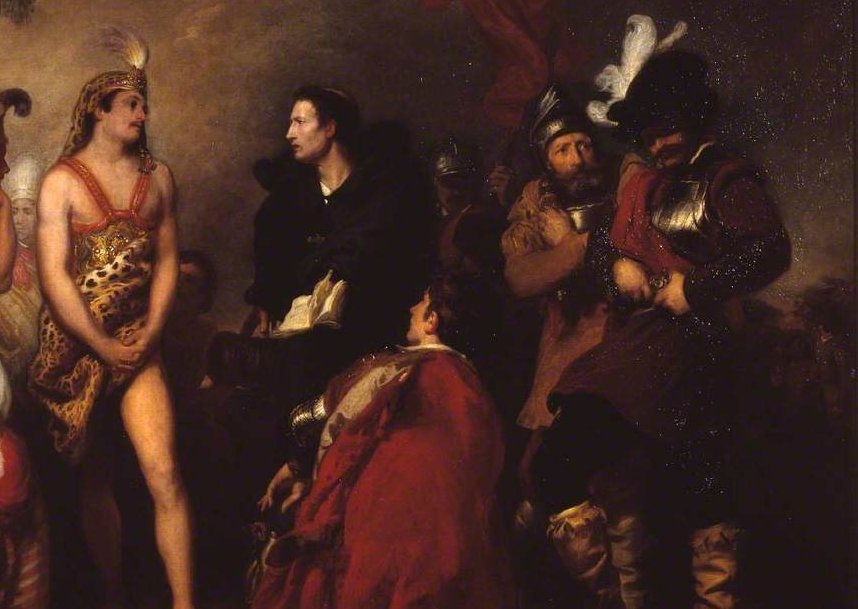 Henry Perronet Briggs, Wikimedia Commons
Henry Perronet Briggs, Wikimedia Commons
39. They Overwhelmed Them
Knowing there would be no further peace talks, Pizarro ordered his men to advance. All at once, the Spanish artillery and musketeers fired from the center of the square, while their cavalry rode out from the shadows. Even if Atahualpa hadn’t inebriated himself, the instant and devastating Spanish attack was too shocking for the overconfident Emperor.
The fight that ensued was quick and decisive.
 Juan Lepiani, Wikimedia Commons
Juan Lepiani, Wikimedia Commons
40. Their Battle Ended
As the Inca army scattered in a frenzy of fear and surprise, Pizarro endeavored to make this defeat as humiliating as possible for Atahualpa. Leading the advance, the conquistador overturned the ruler’s litter before slaying every nobleman who carried it. When the chaos finally subsided, Atahualpa’s army lay in shambles, while Pizarro hadn’t lost a single man.
Now on the losing end, Atahualpa tried his best to appease Pizarro.
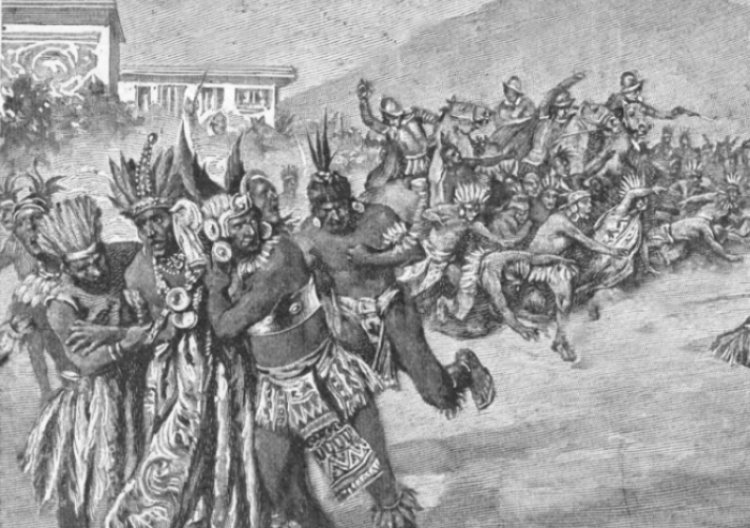 Edward R. Shaw, Wikimedia Commons
Edward R. Shaw, Wikimedia Commons
41. He Bargained With Them
The Spanish eradicated Atahualpa’s forces, but they left him alive, preferring to capture him instead. However, this wasn’t his first time in captivity, and he soon discovered something he could use for leverage. The conquistadors’ greed knew no bounds, so in exchange for his release, Atahualpa offered enough gold and silver to fill a large room several times.
On the surface, this seemed to work.
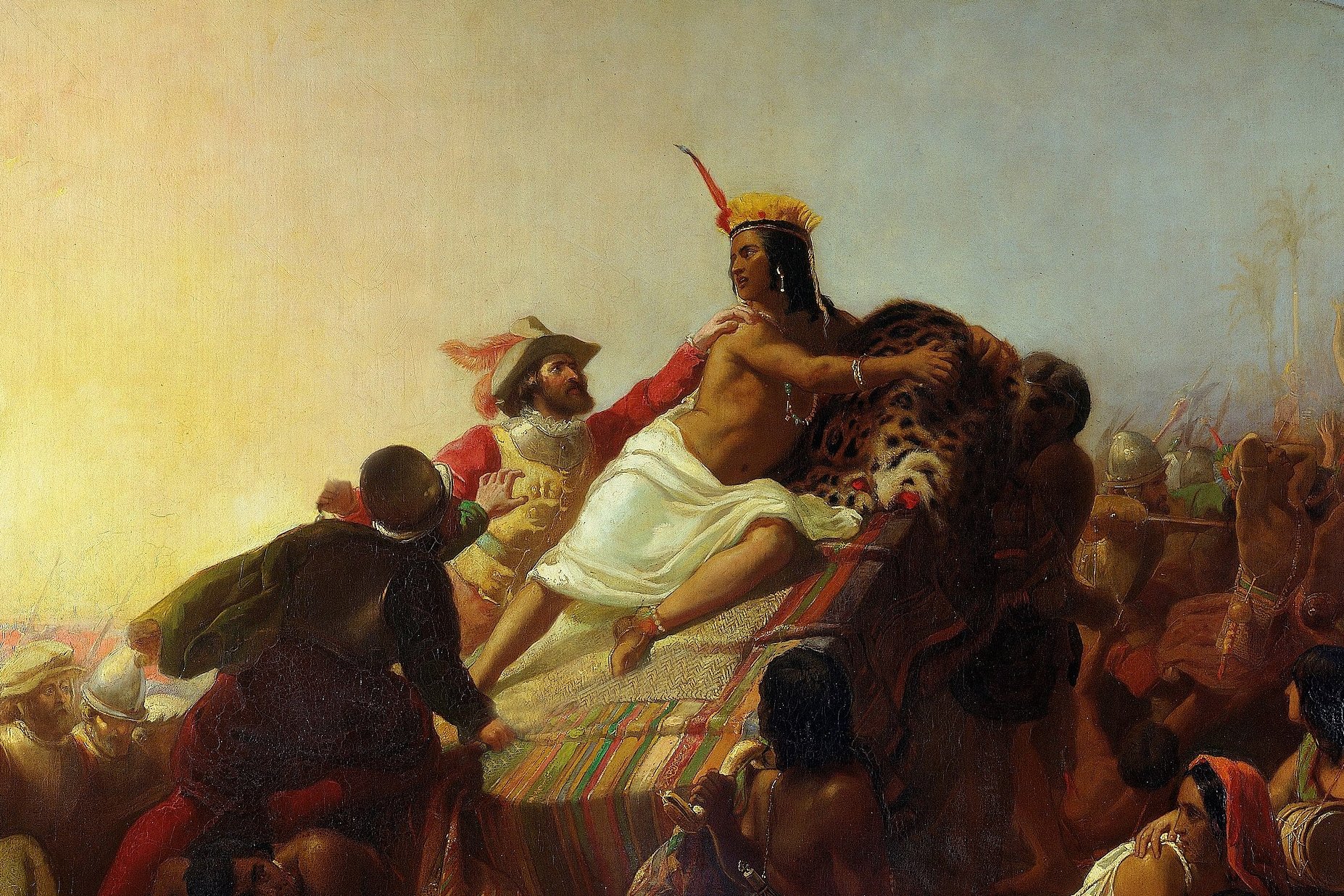 John Everett Millais, Wikipedia Commons
John Everett Millais, Wikipedia Commons
42. He Agreed
Pizarro had already bested the Inca Emperor and couldn’t resist the tremendous wealth he offered, so he agreed to his terms. Atahualpa arranged for his people to bring great heaps of treasure to the Spanish, who melted down the gold and silver. All in all, they received a fortune amounting to the largest ransom in history—over an estimated $50 million today.
Unfortunately for Atahualpa, the conquistadors weren’t known for their fairness.
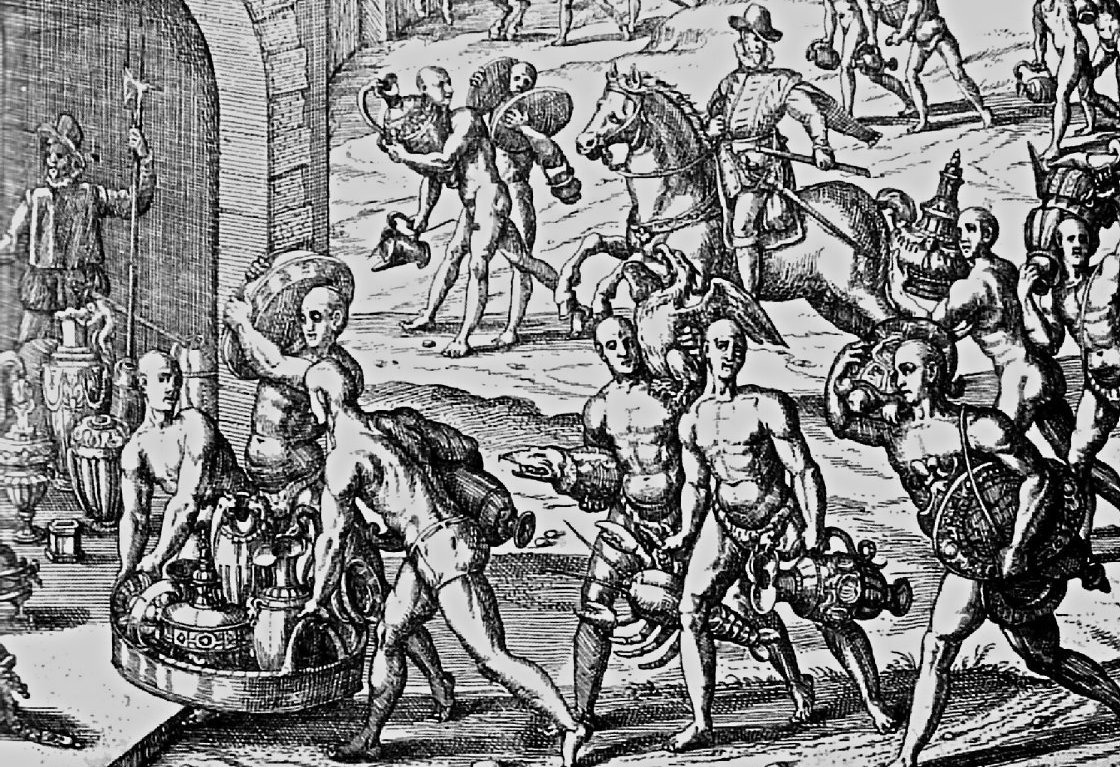 Theodor de Bry, Wikimedia Commons
Theodor de Bry, Wikimedia Commons
43. He Went Back On His Word
Whether Pizarro ever intended to fulfill his end of the bargain is unknown, but several months into Atahualpa’s captivity, the Emperor faced the chopping block anyway. One record indicates that the Spanish were afraid of a possible rescue attempt by Atahualpa’s generals, and decided executing him would be a safer option.
Following this, Pizarro further humiliated Atahualpa.
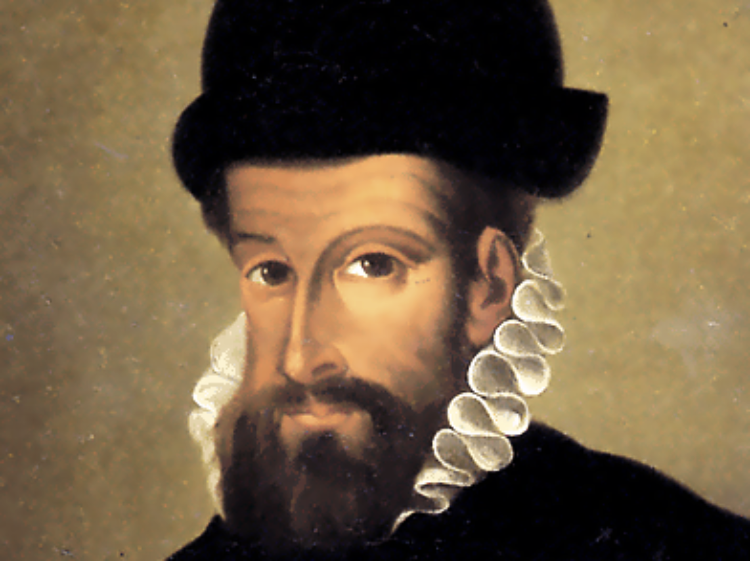 Unknown author, Wikimedia Commons
Unknown author, Wikimedia Commons
44. He Put On A Trial
As if to rub salt in the wound, Pizarro made it look like Atahualpa’s execution was justice being served. Creating a mock trial, Pizarro brought the captive Emperor to the stand and accused him of idolatry, slaying his brother, and revolting against the Spanish. At the end of these ridiculous proceedings, the conquistador found Atahualpa guilty.
As ruled by Pizarro’s “court,” Atahualpa’s sentence was a brutal one.
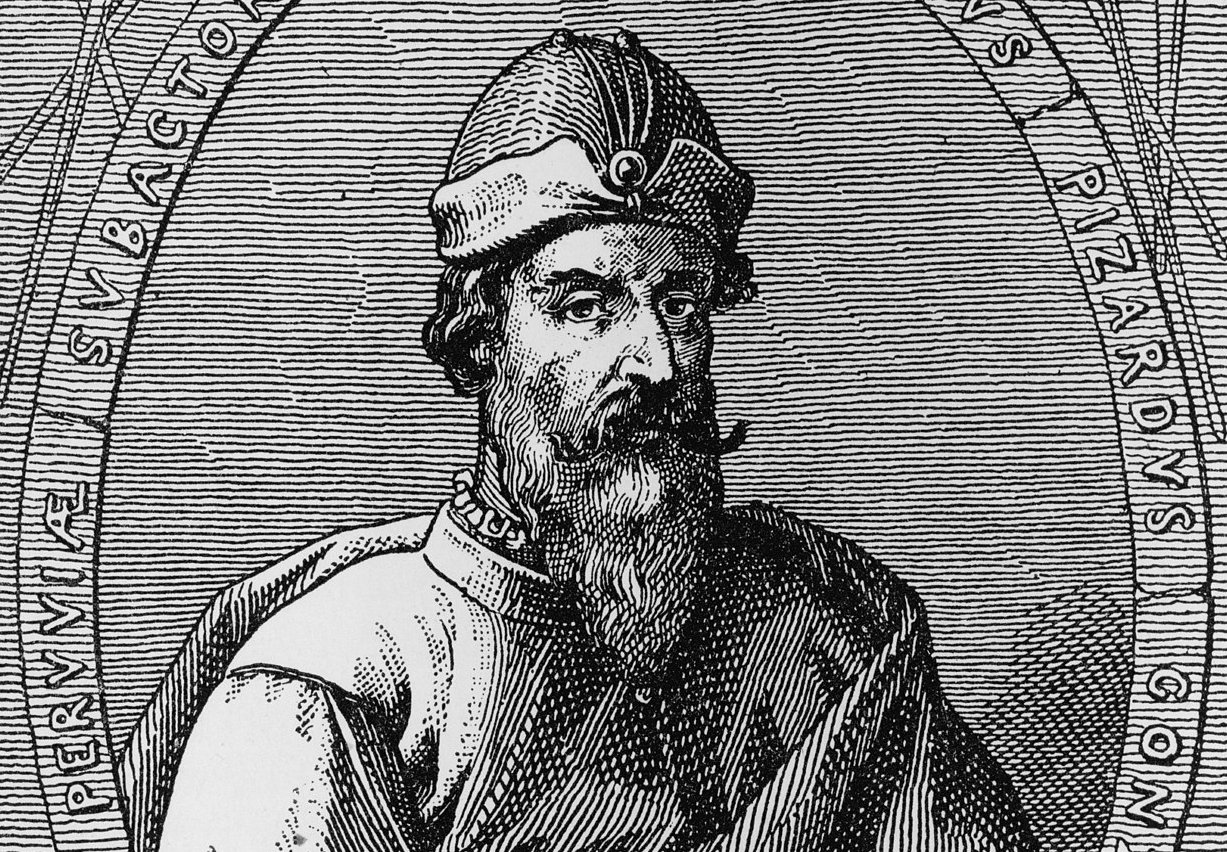 Library of Congress, Wikimedia Commons
Library of Congress, Wikimedia Commons
45. They Decided To Burn Him
As a result of the offenses brought against Atahualpa, the Spanish resolved to execute him in a way they saw fitting, especially considering their accusation of idolatry. Like many who were found guilty of turning against the Christian God, Atahualpa received the sentence of being burned alive at the stake.
However, the Spanish gave the Emperor a choice.
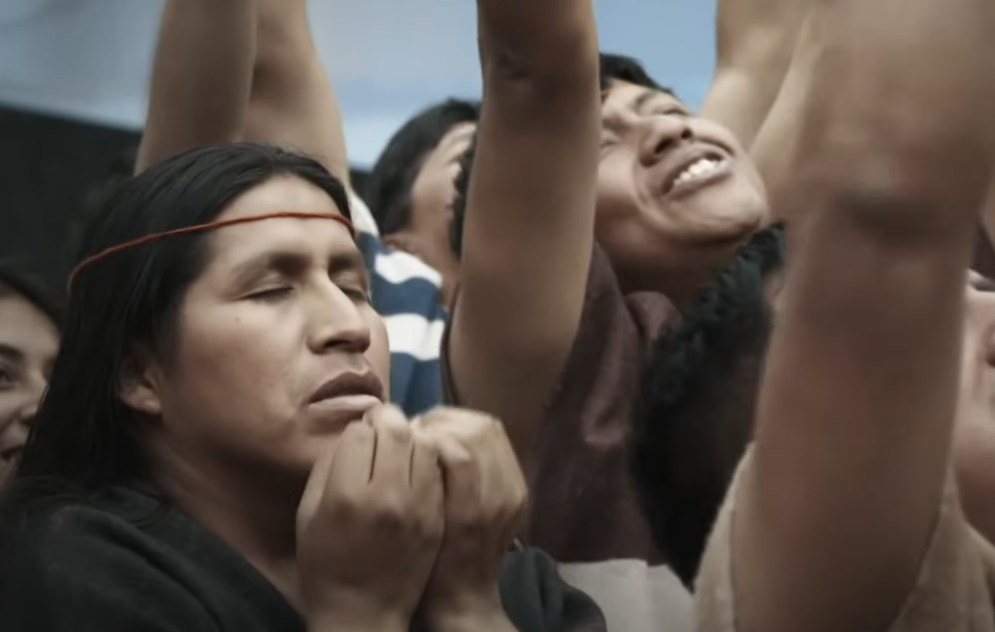 Inca Empire: Children of the Sun | Full History Documentary, Get.factual
Inca Empire: Children of the Sun | Full History Documentary, Get.factual
46. He Was Offered An Alternative
Surely, Atahualpa would have preferred to not face execution at all, but to perish by fire was a particularly horrible fate. Using this fear, the Spanish made a deal that if he converted to Catholicism and allowed them to baptize him, they wouldn’t burn him alive. Naturally, Atahualpa agreed to this.
In doing so, he sealed his fate.
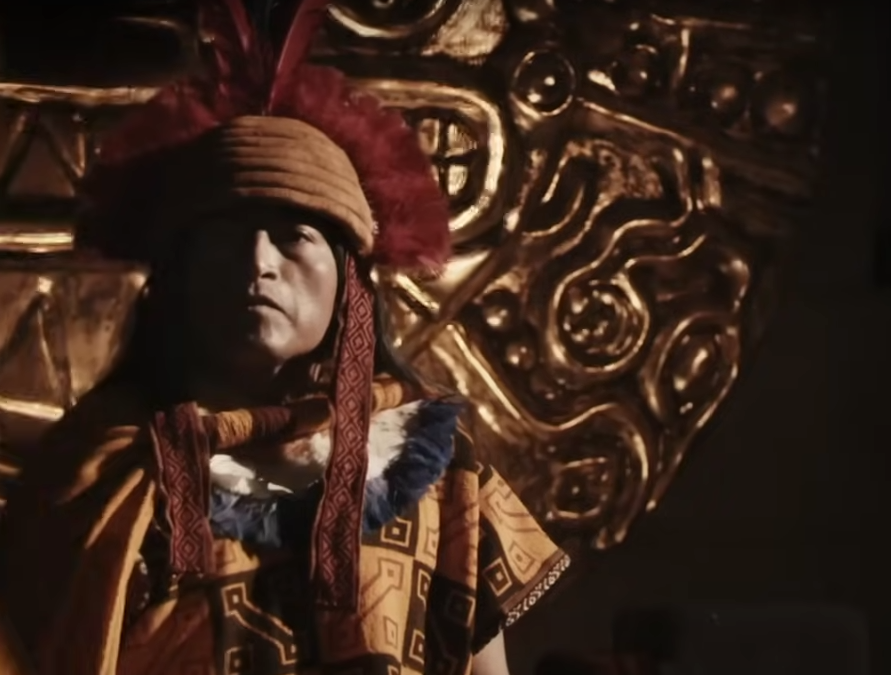 Inca Empire: Children of the Sun | Full History Documentary, Get.factual
Inca Empire: Children of the Sun | Full History Documentary, Get.factual
47. They Ended His Life
Finally honoring their word, the Spanish brought Atahualpa out to the main square in Cajamarca, the place of his greatest defeat. Rather than burning their captive alive, they allowed him the more “merciful” end of strangulation. There, on July 26, 1533, Emperor Atahualpa met his demise by way of the garrote.
Atahualpa’s story had ended, though not everyone believed it.
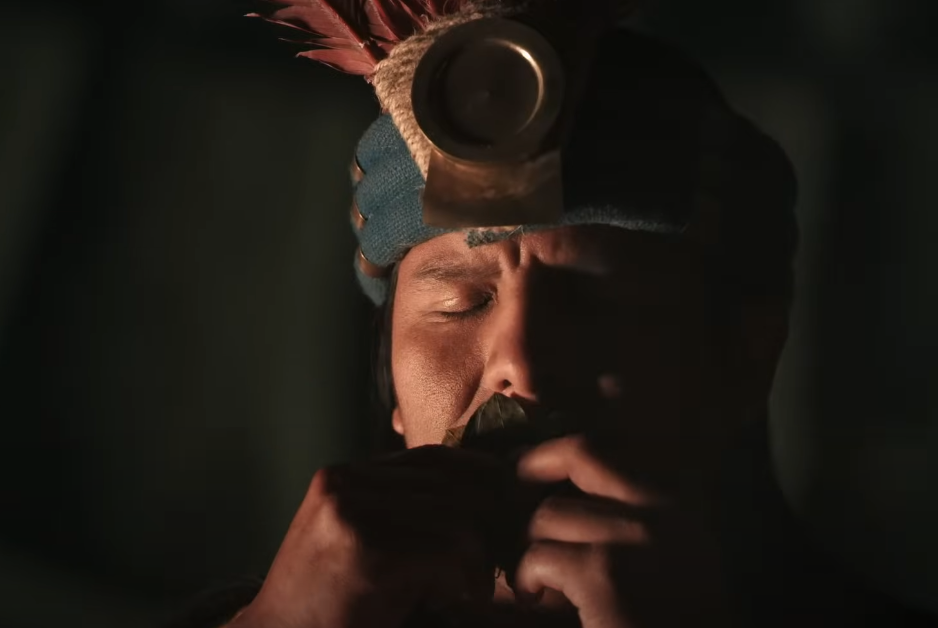 Inca Empire: Children of the Sun | Full History Documentary, Get.factual
Inca Empire: Children of the Sun | Full History Documentary, Get.factual
48. They Still Believed
The Incas revered Atahualpa as a legendary ruler, and even after he met his end, the myths around him persisted. The Indigenous Inkarri legend centered around the Emperor’s severed head, specifically the idea that it would one day regrow his body. Following this, the reincarnated Atahualpa would take back the land from the Spanish.
Obviously, this never came to pass.
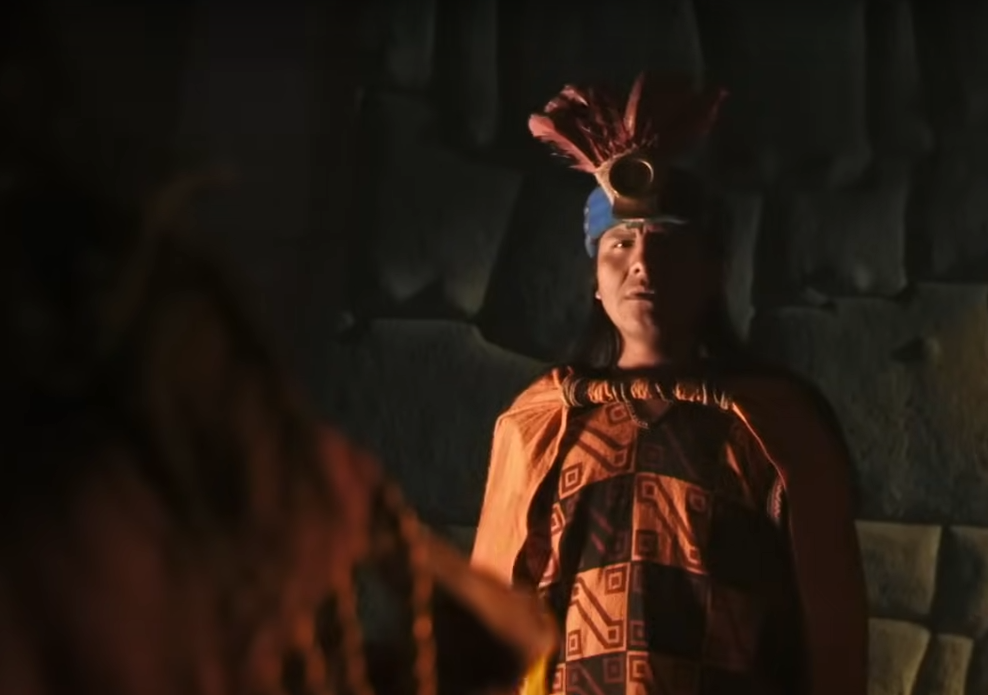 Inca Empire: Children of the Sun | Full History Documentary, Get.factual
Inca Empire: Children of the Sun | Full History Documentary, Get.factual
49. His Demise Spelled The End
The passing of Atahualpa profoundly altered the course of the Inca Empire, and it would soon cease to exist. While there were several rulers after, including his brother Túpac Huallpa who succeeded him, he was the last truly free Emperor. After he perished, the Empire quickly declined into total ruin within the century, largely caused by Spanish influence.
Still, for the last great Inca Emperor, Atahualpa sure lived it up.
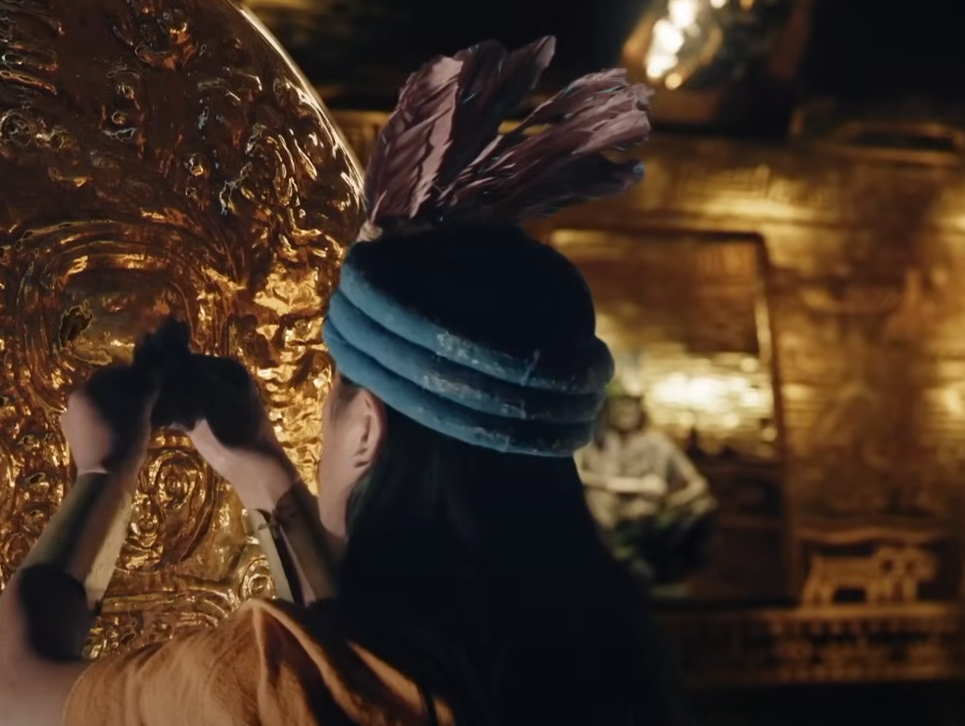 Inca Empire: Children of the Sun | Full History Documentary, Get.factual
Inca Empire: Children of the Sun | Full History Documentary, Get.factual
50. He Wanted For Nothing
While Atahualpa was the last great Inca Emperor from a historical standpoint, he was also worthy of the title from a financial perspective. The Incas believed him to be the human aspect of Inti, god of the Sun, and he therefore lived and breathed gold and silver. Not to mention that as Emperor of a civilization whose wealth stood unrivaled in the New World, he controlled vast amounts of valuable land and resources.
Atahualpa also retained his fearsome reputation, even after his shocking defeat at the hands of the conquistadors. Remember back when he defeated his brother Huáscar’s forces, taking General Atoc captive? Well, the tale of Atoc’s fate still makes people shudder to this day. After torturing and executing Atoc, Atahualpa turned the general’s skull into a "gilded drinking cup”. It’s just one example of how fierce the Emperor truly was before he fell victim to his own hubris.
You May Also Like:
Inside The Fall Of The Inca Empire
Why The Mayan Civilization Collapsed
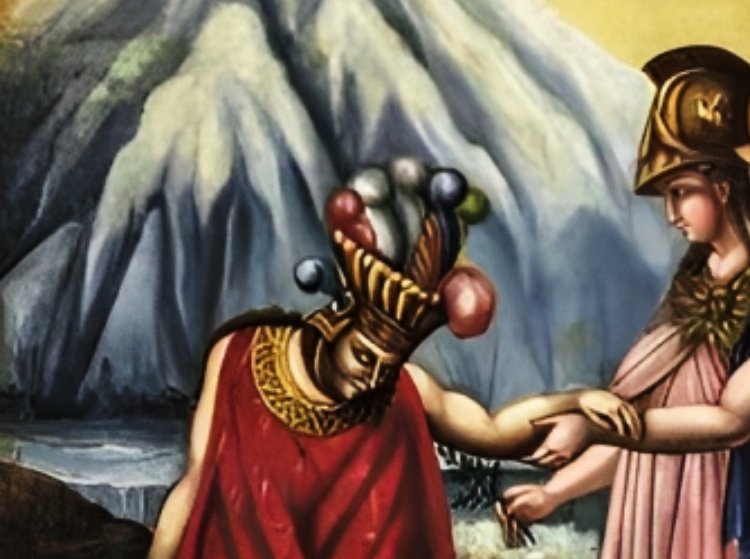 Unknown author, Wikimedia Commons
Unknown author, Wikimedia Commons


